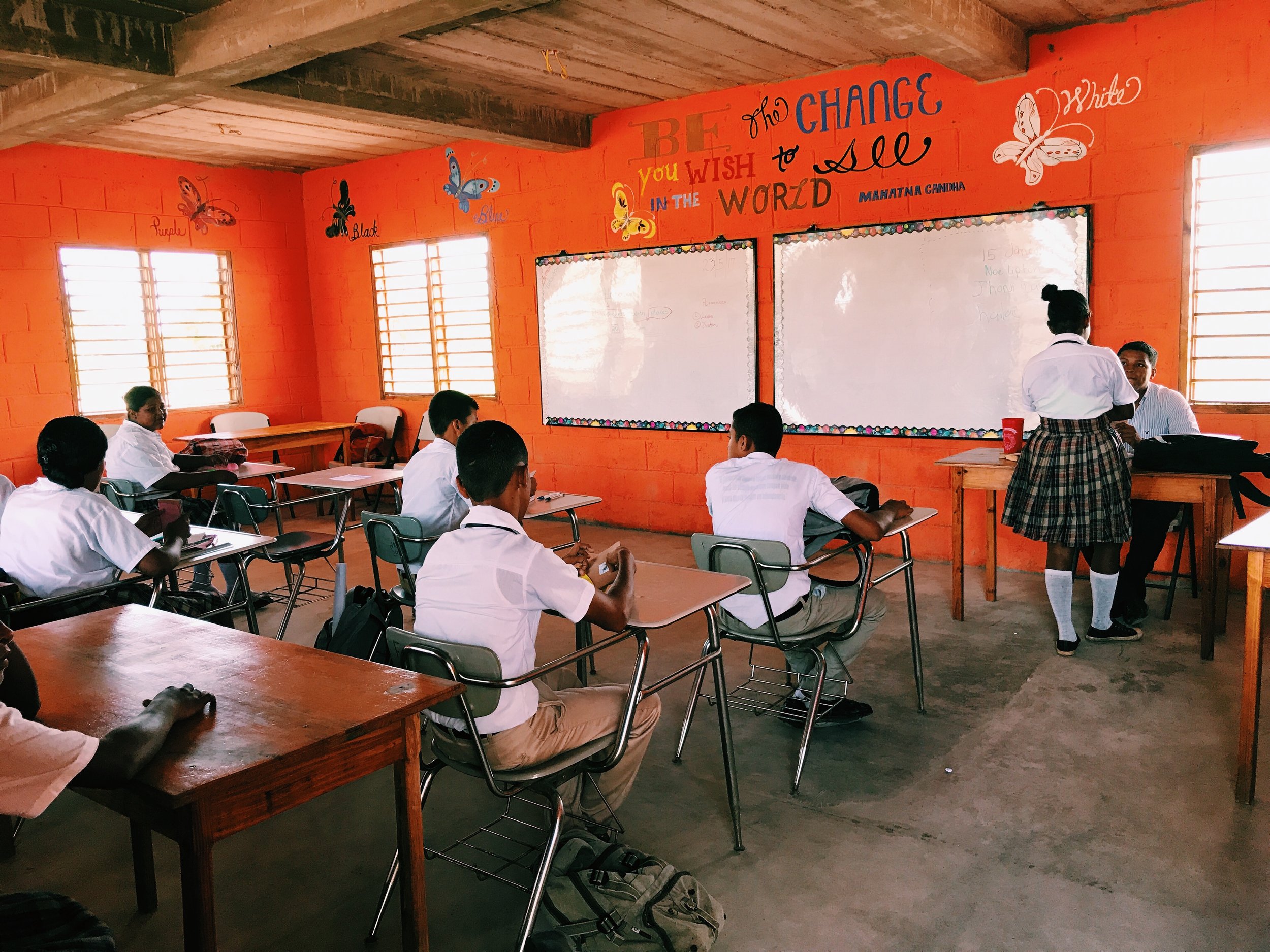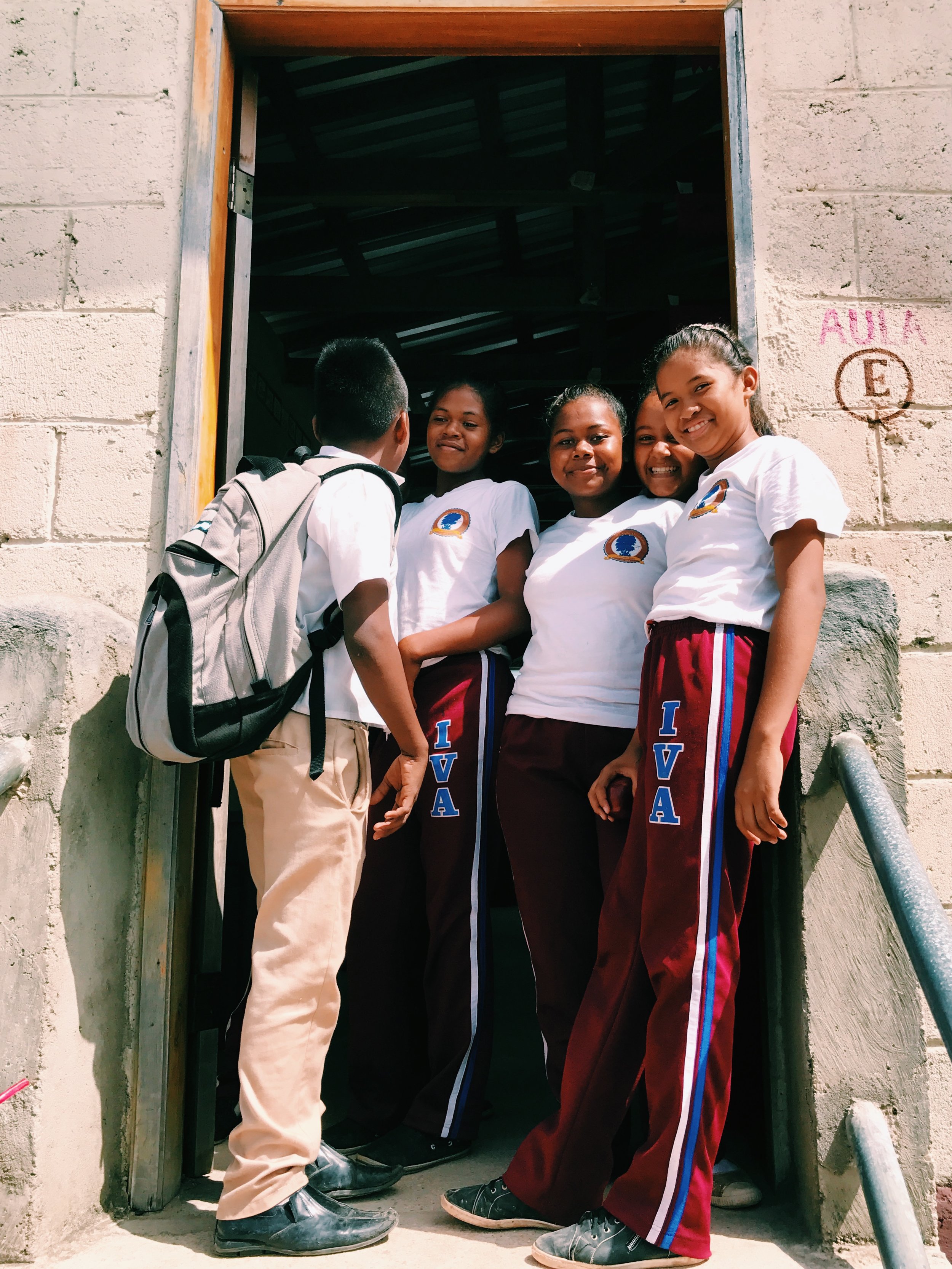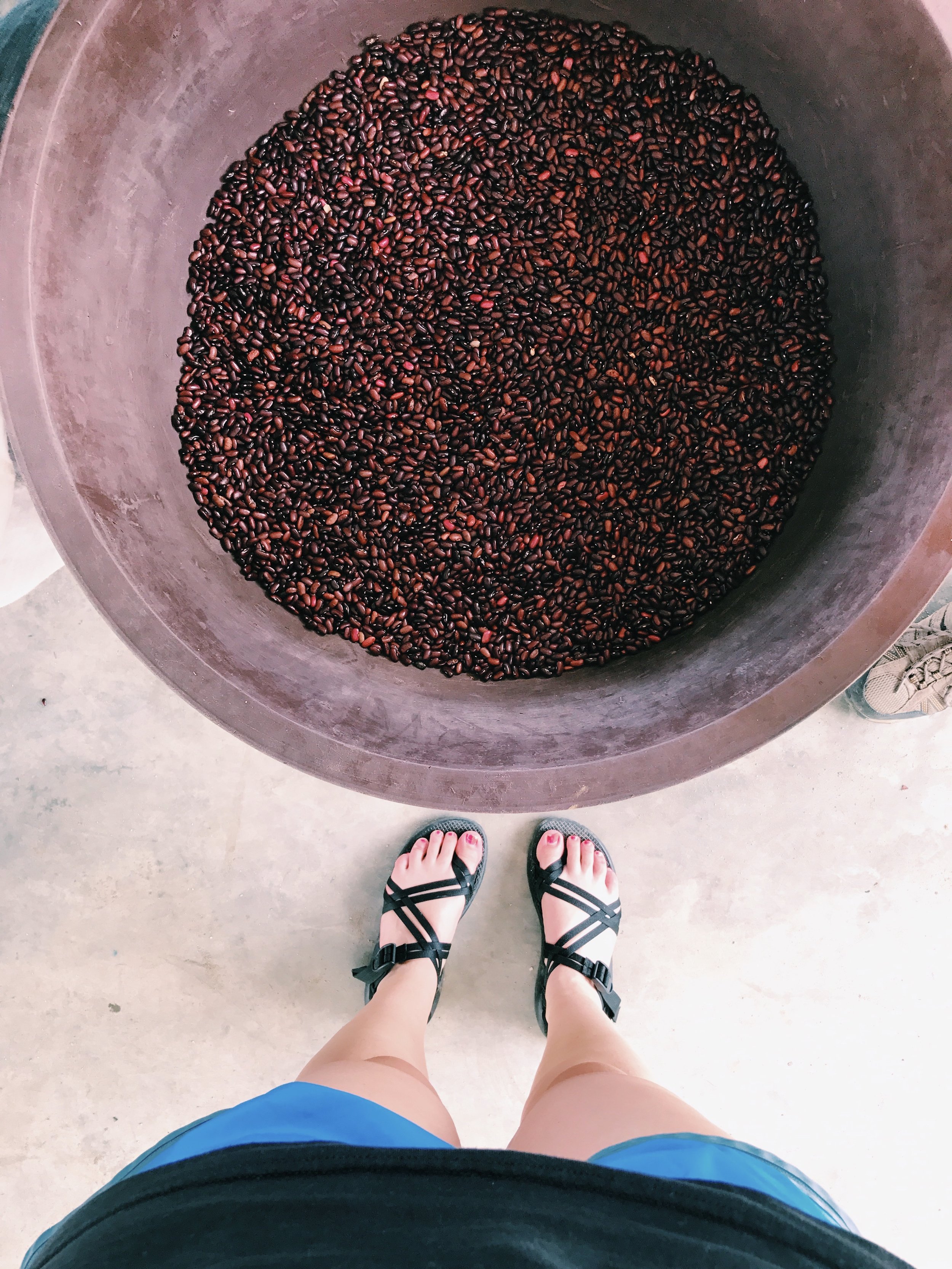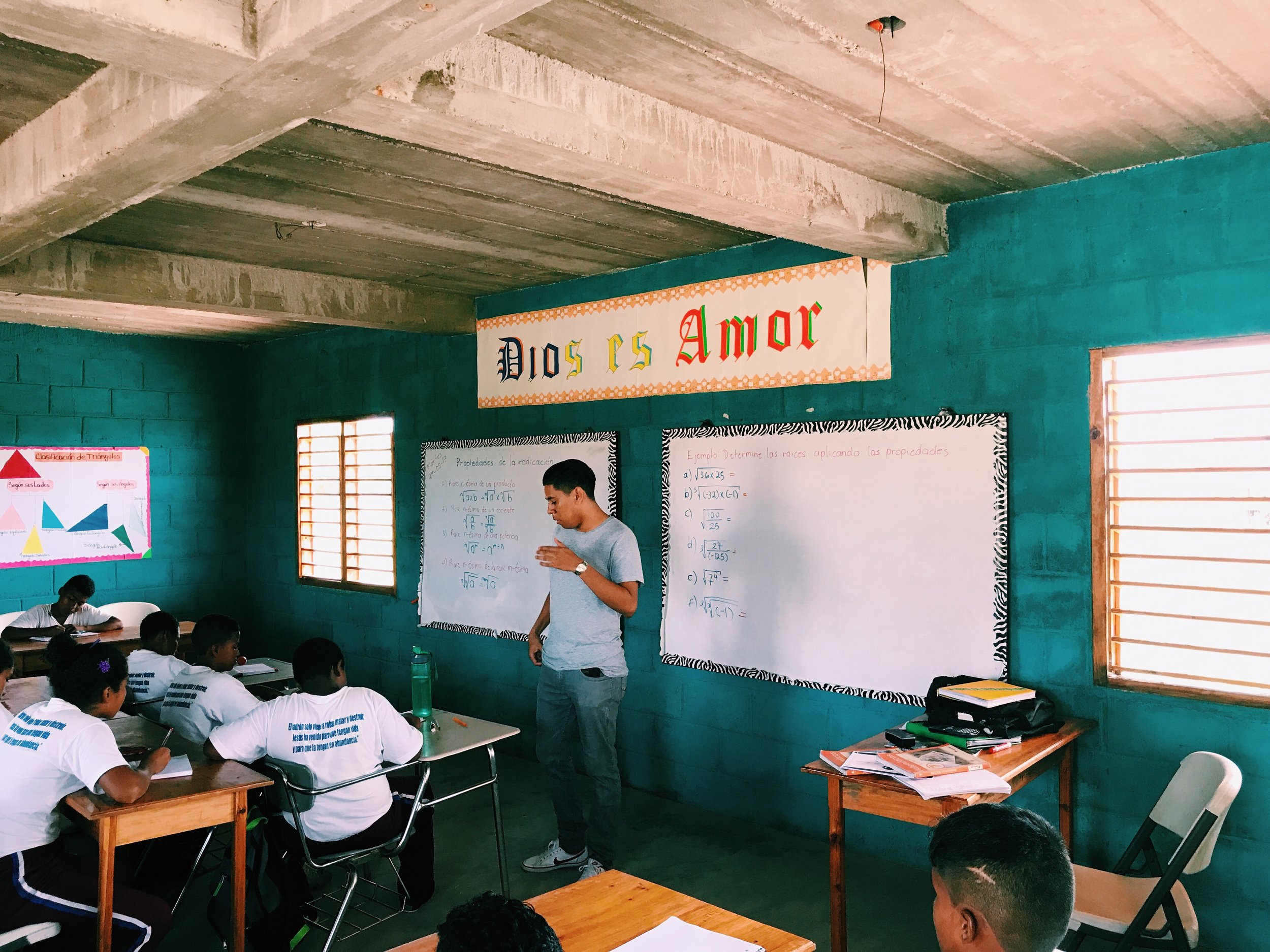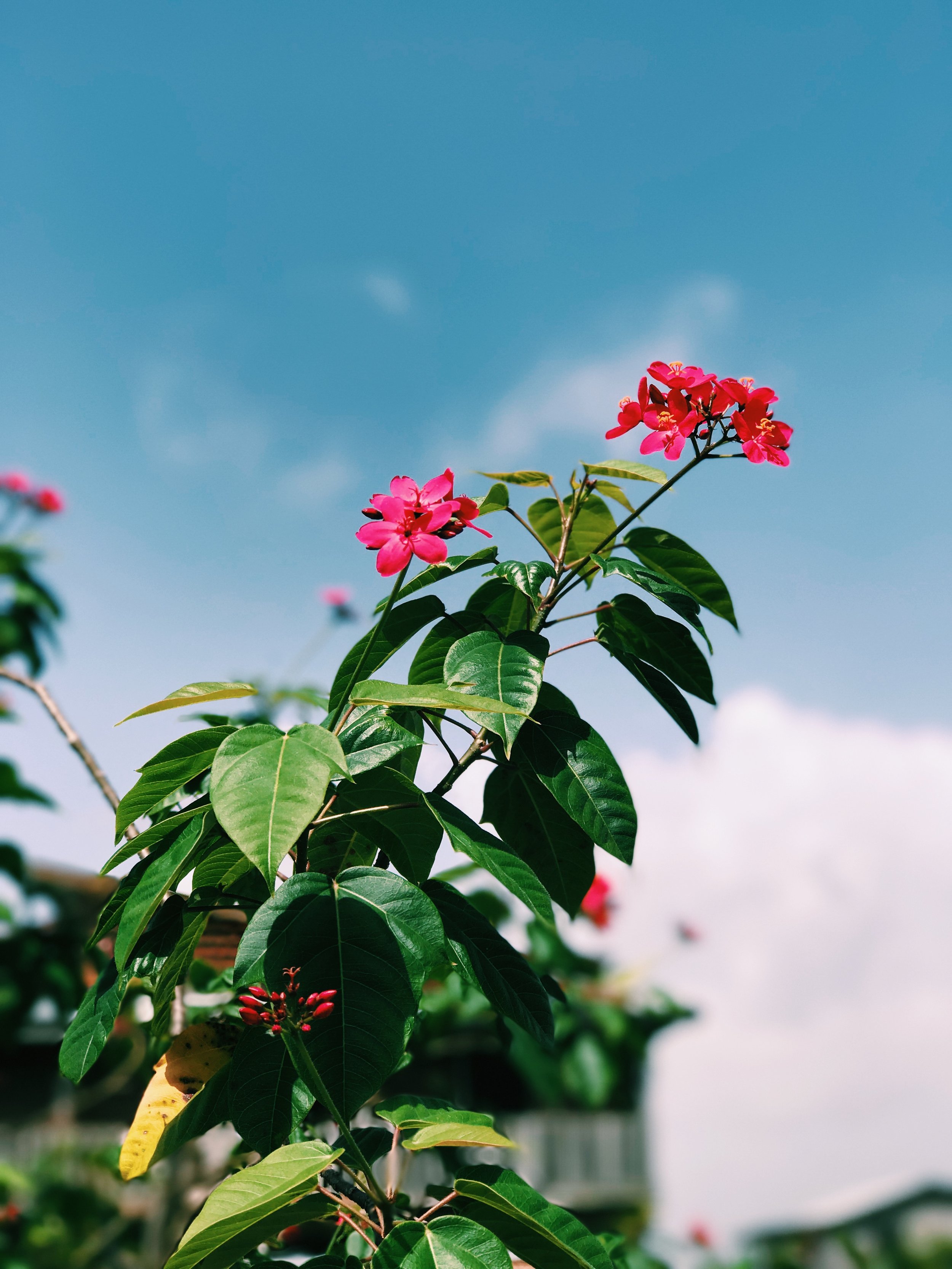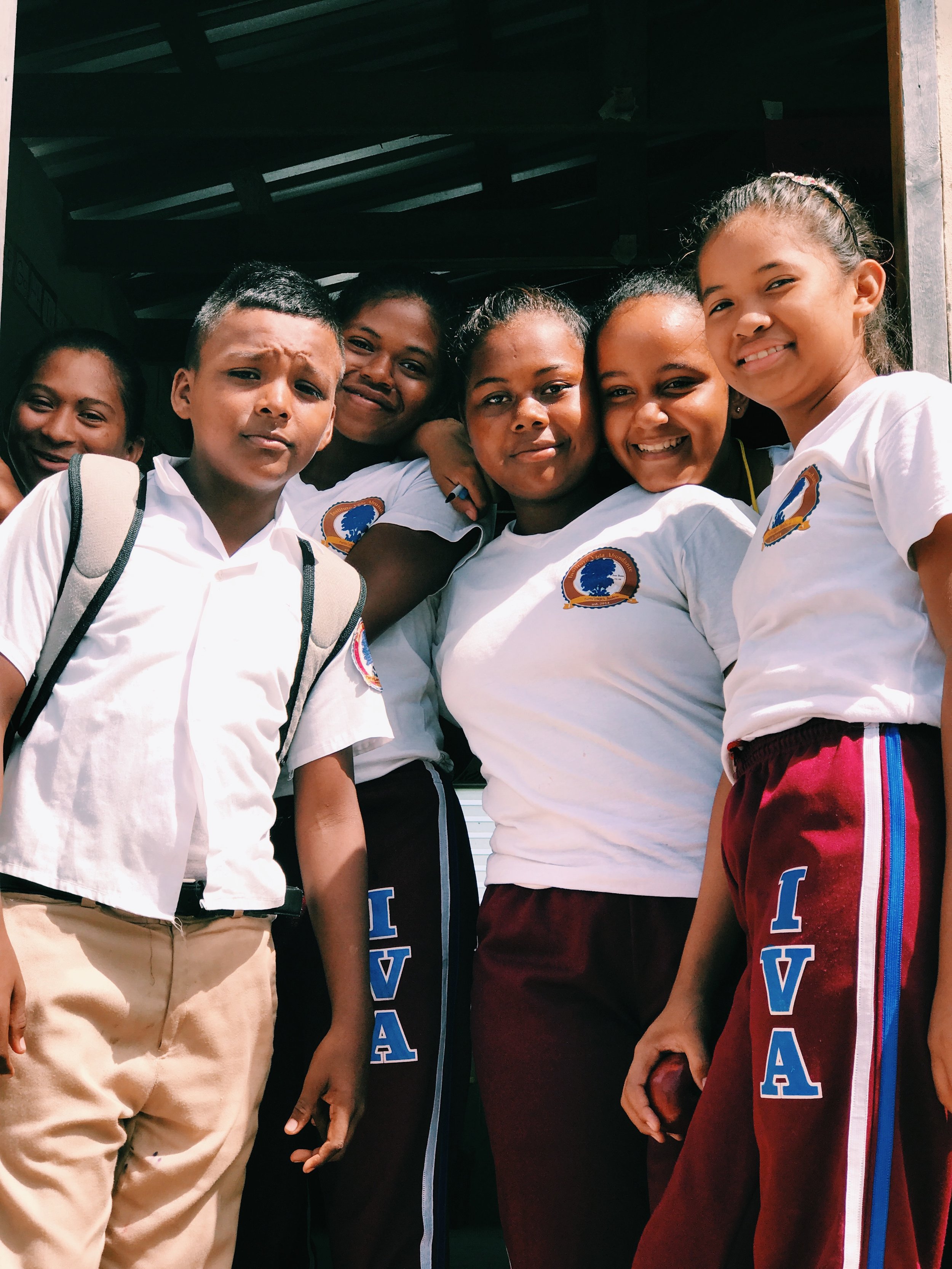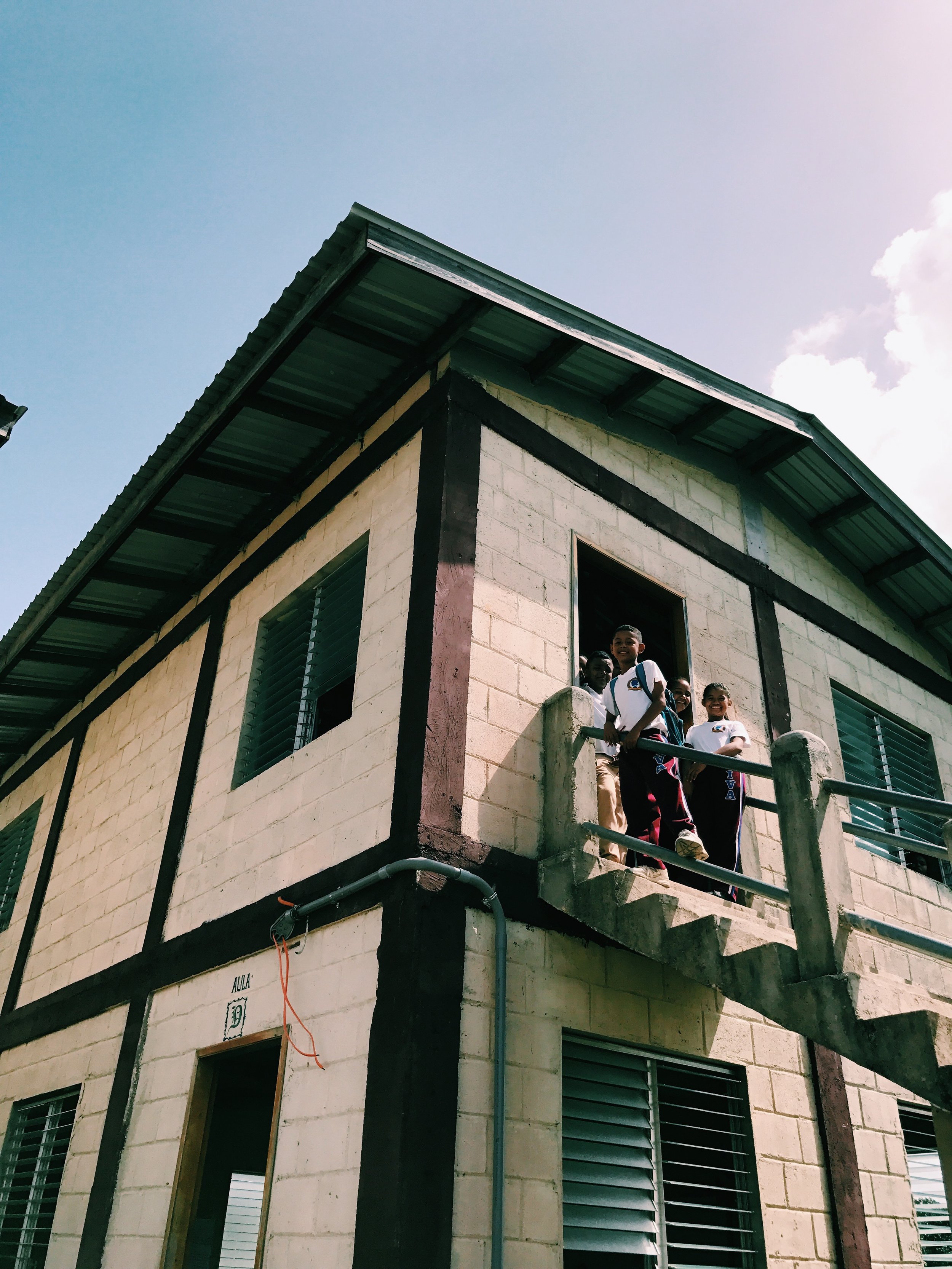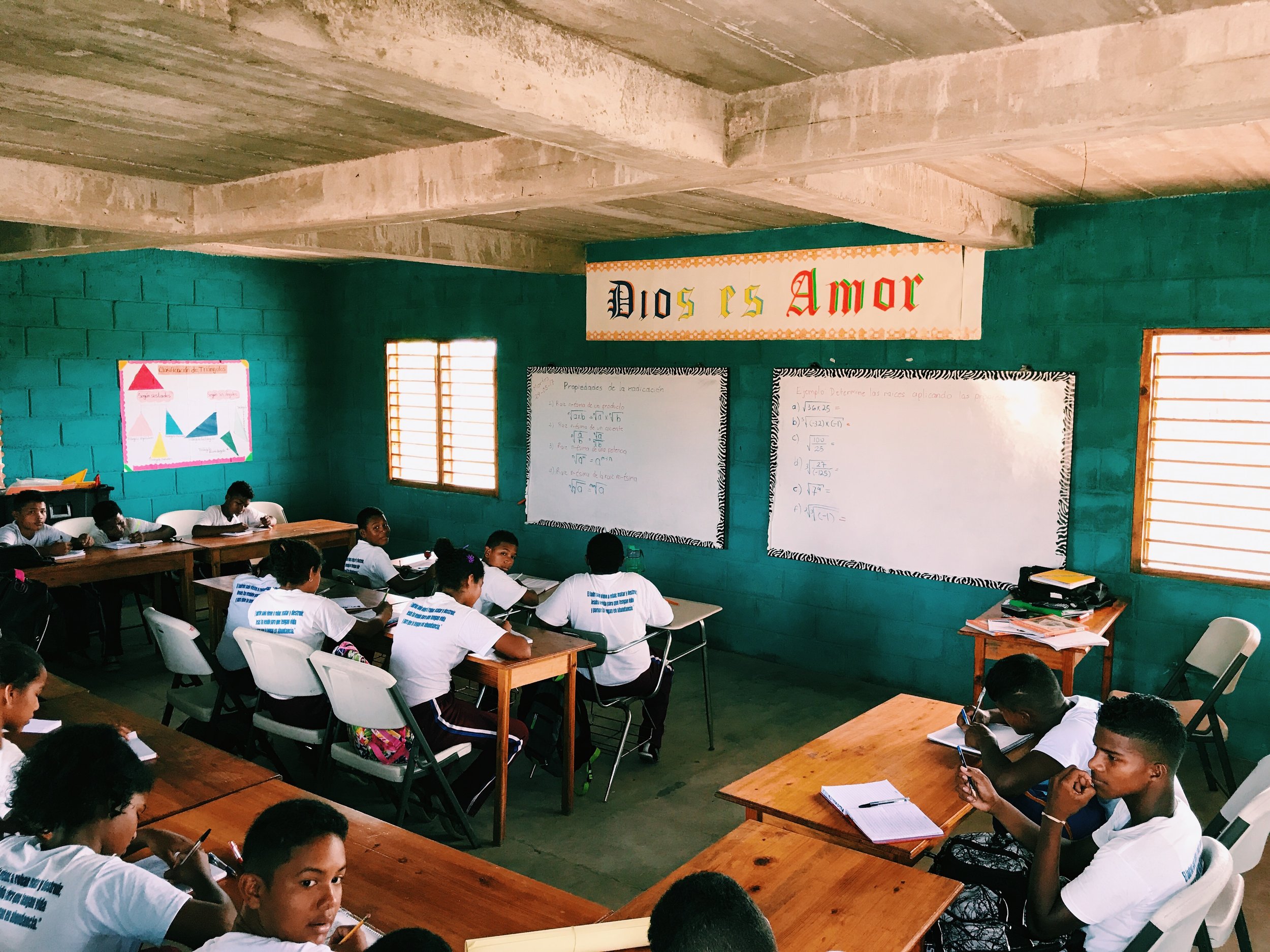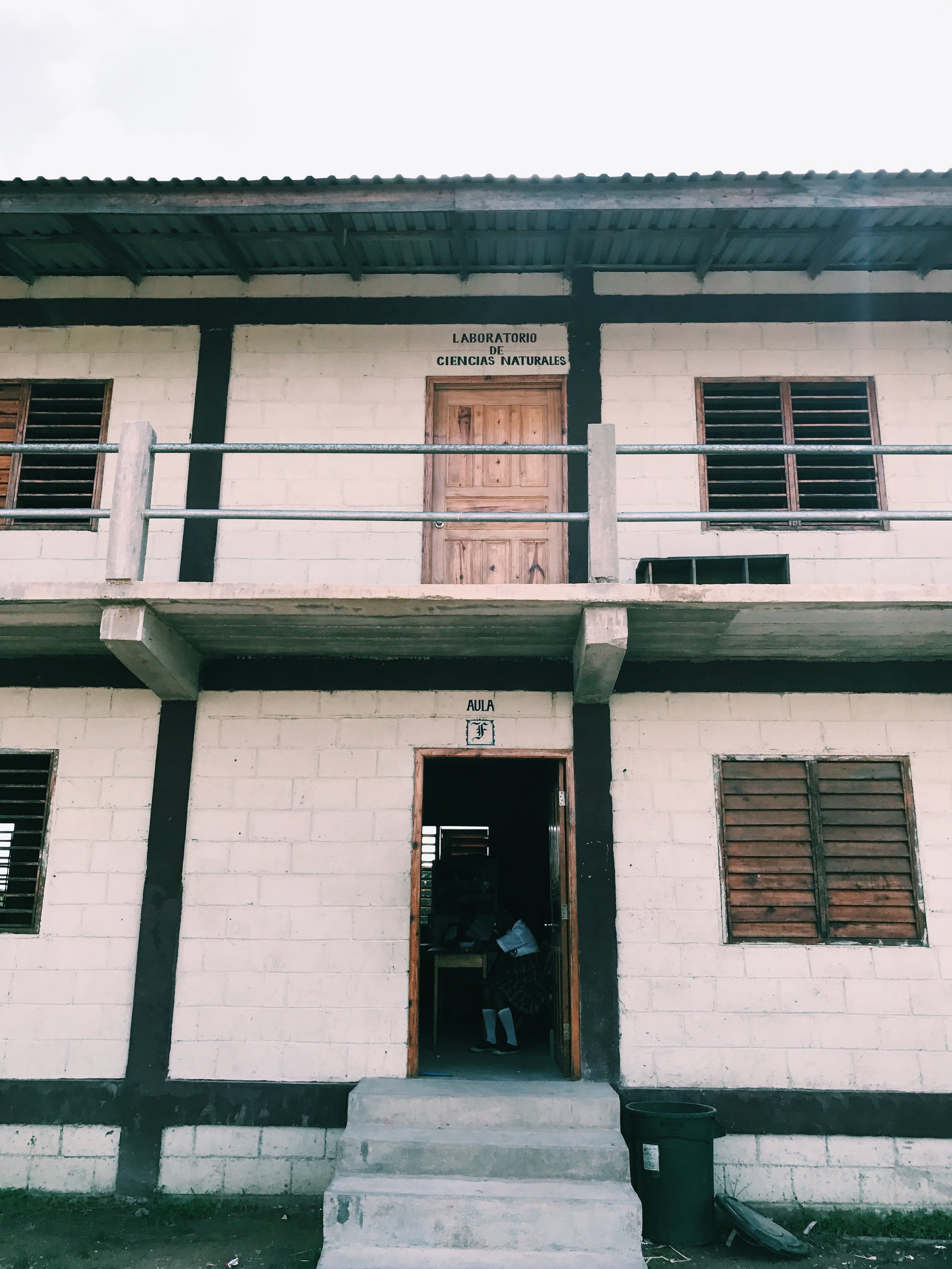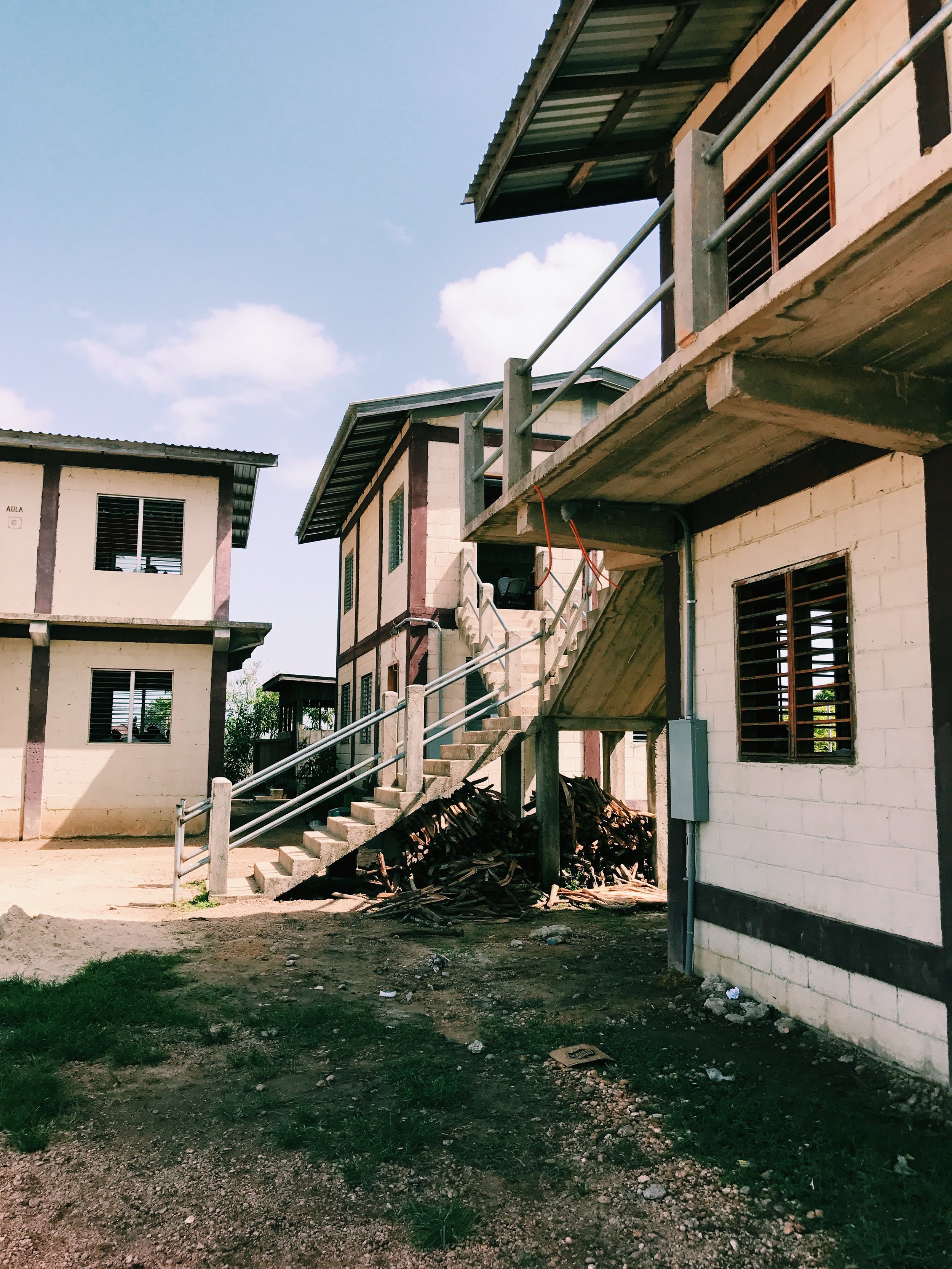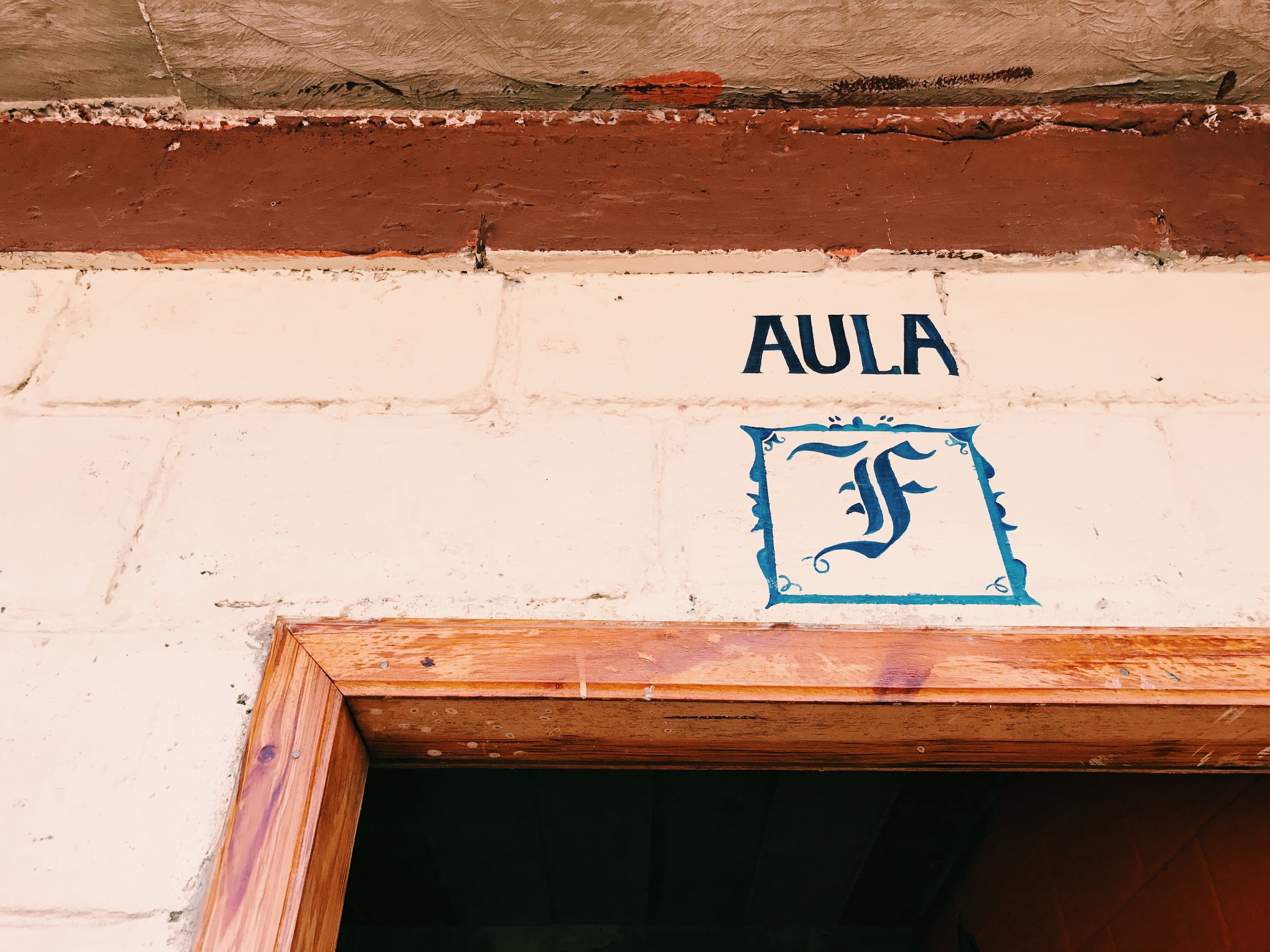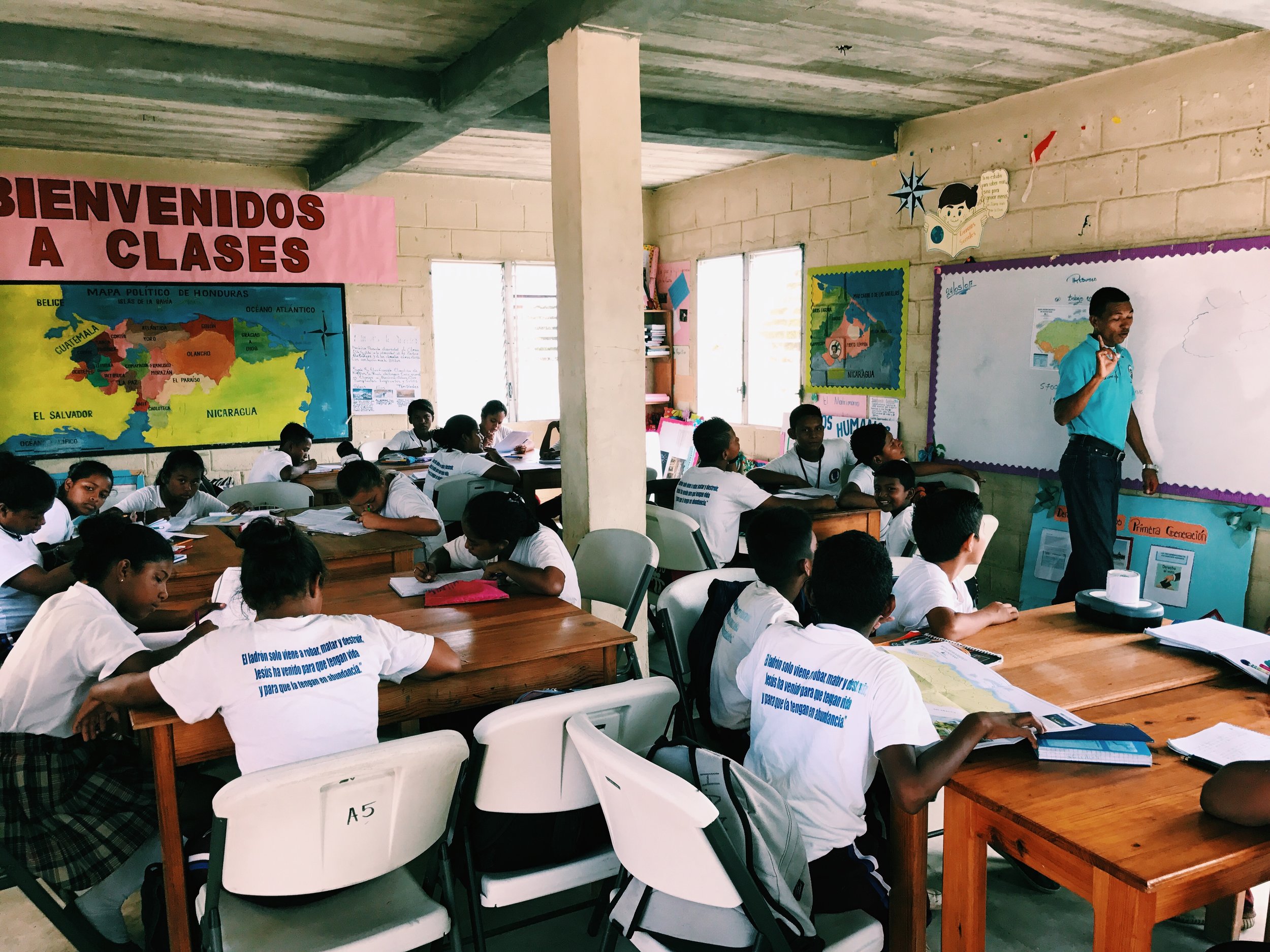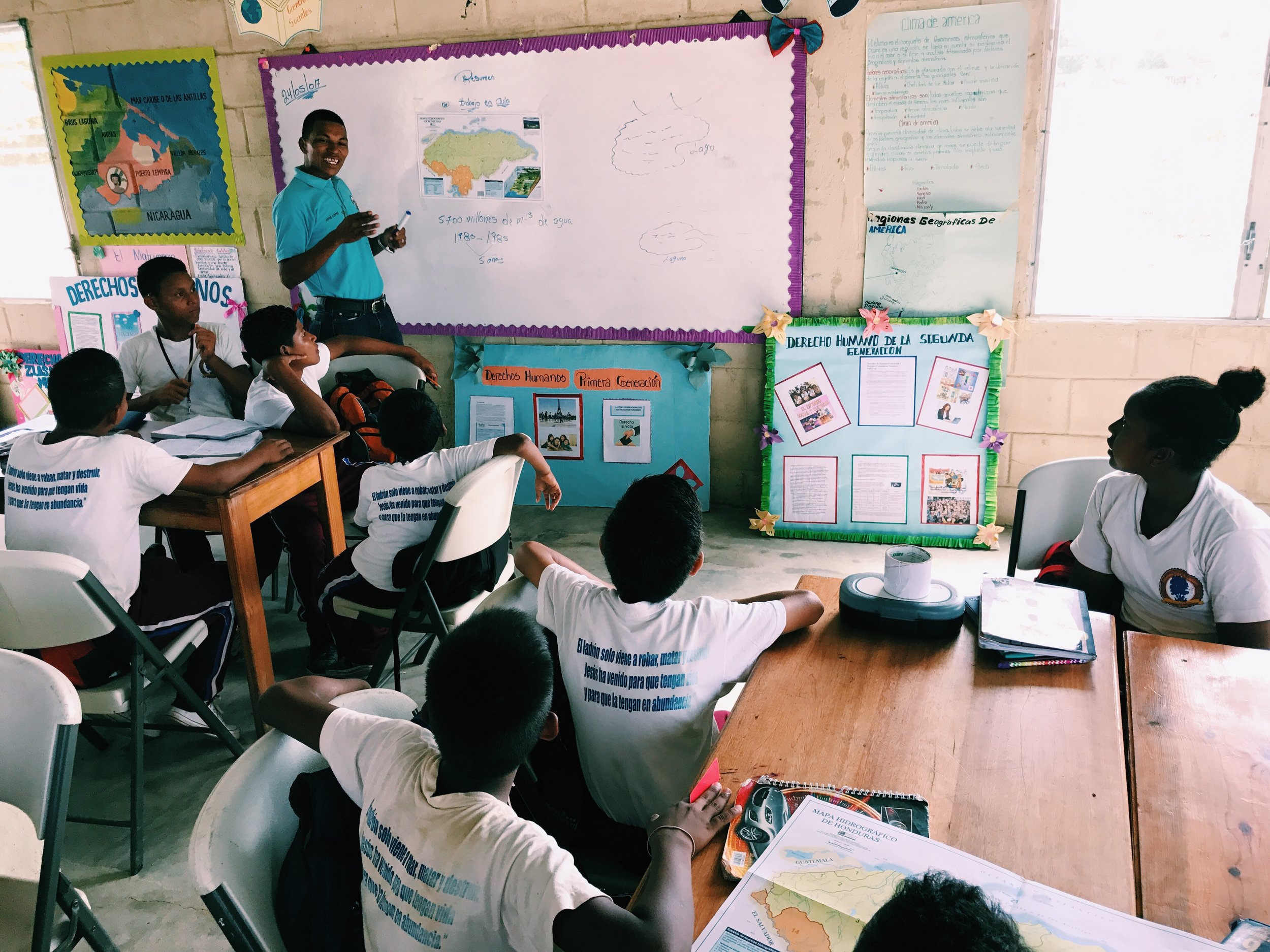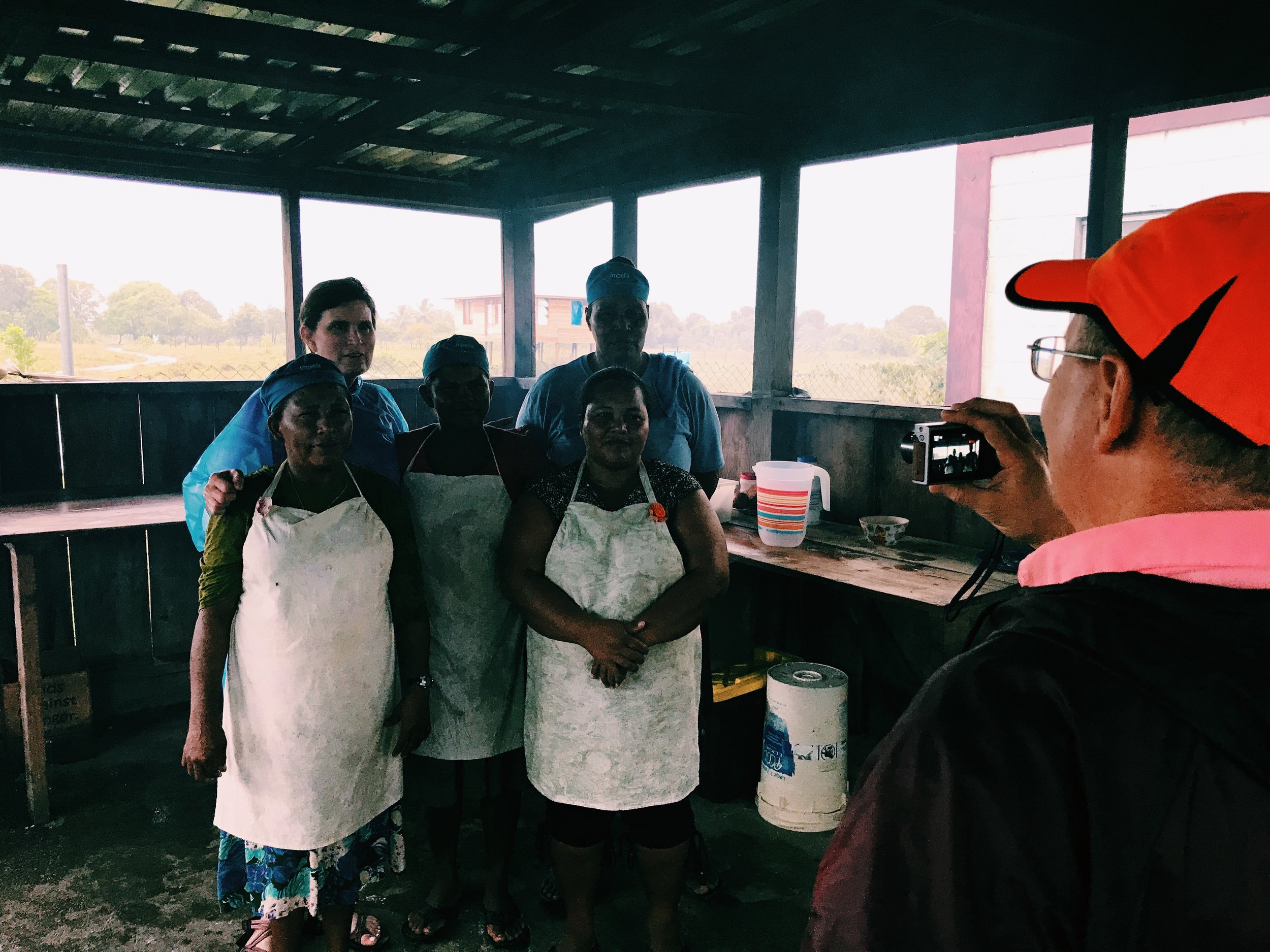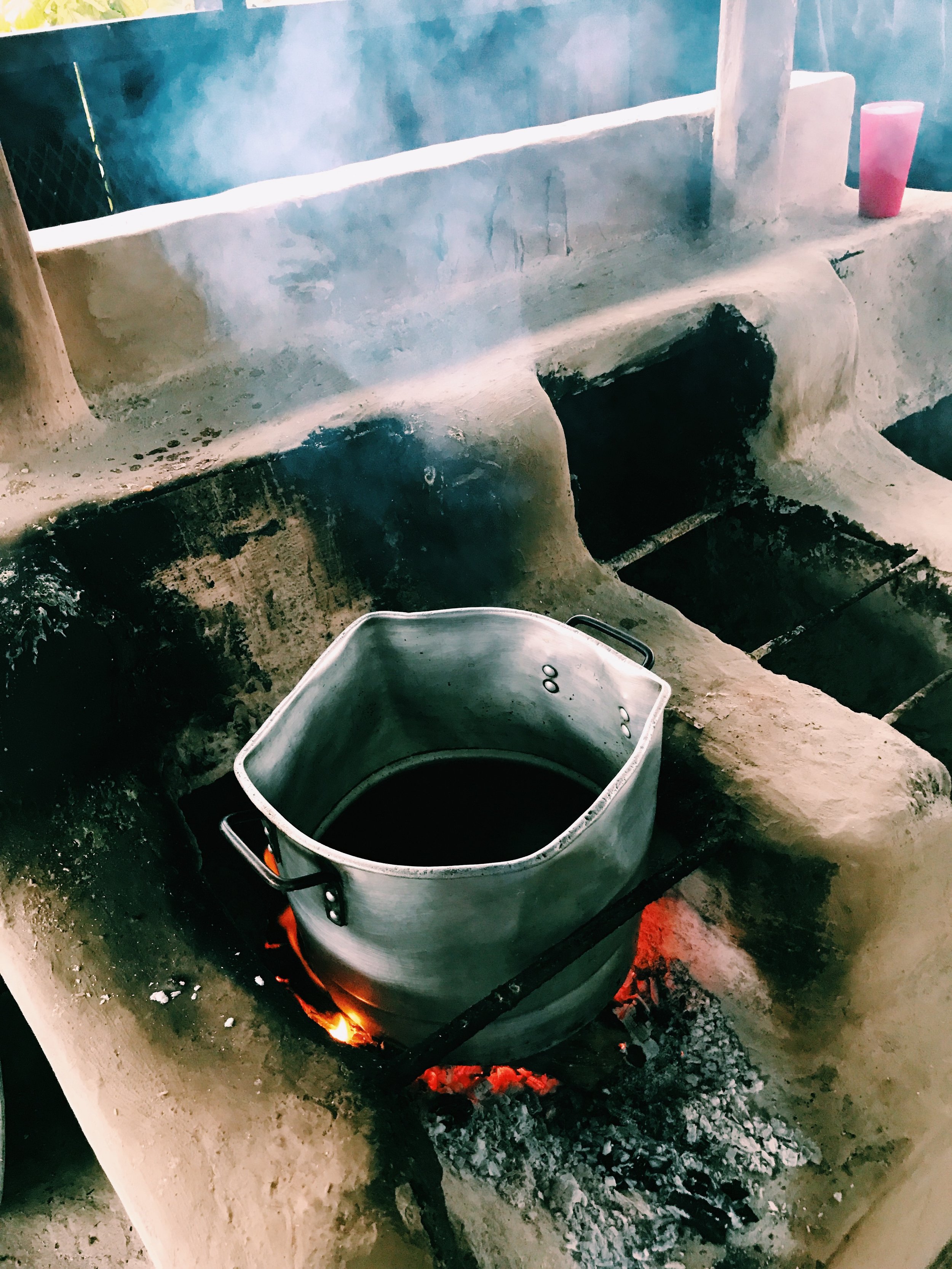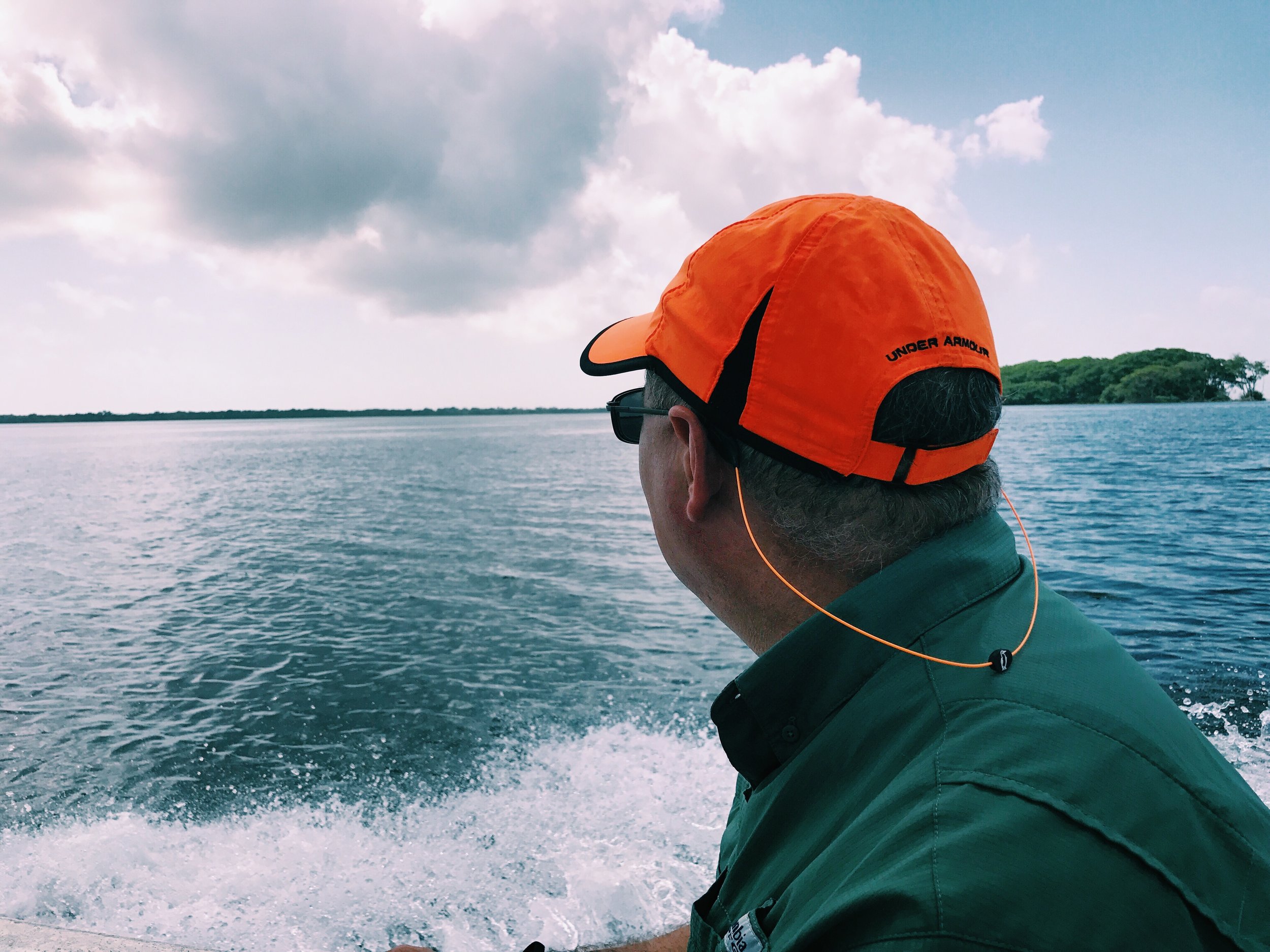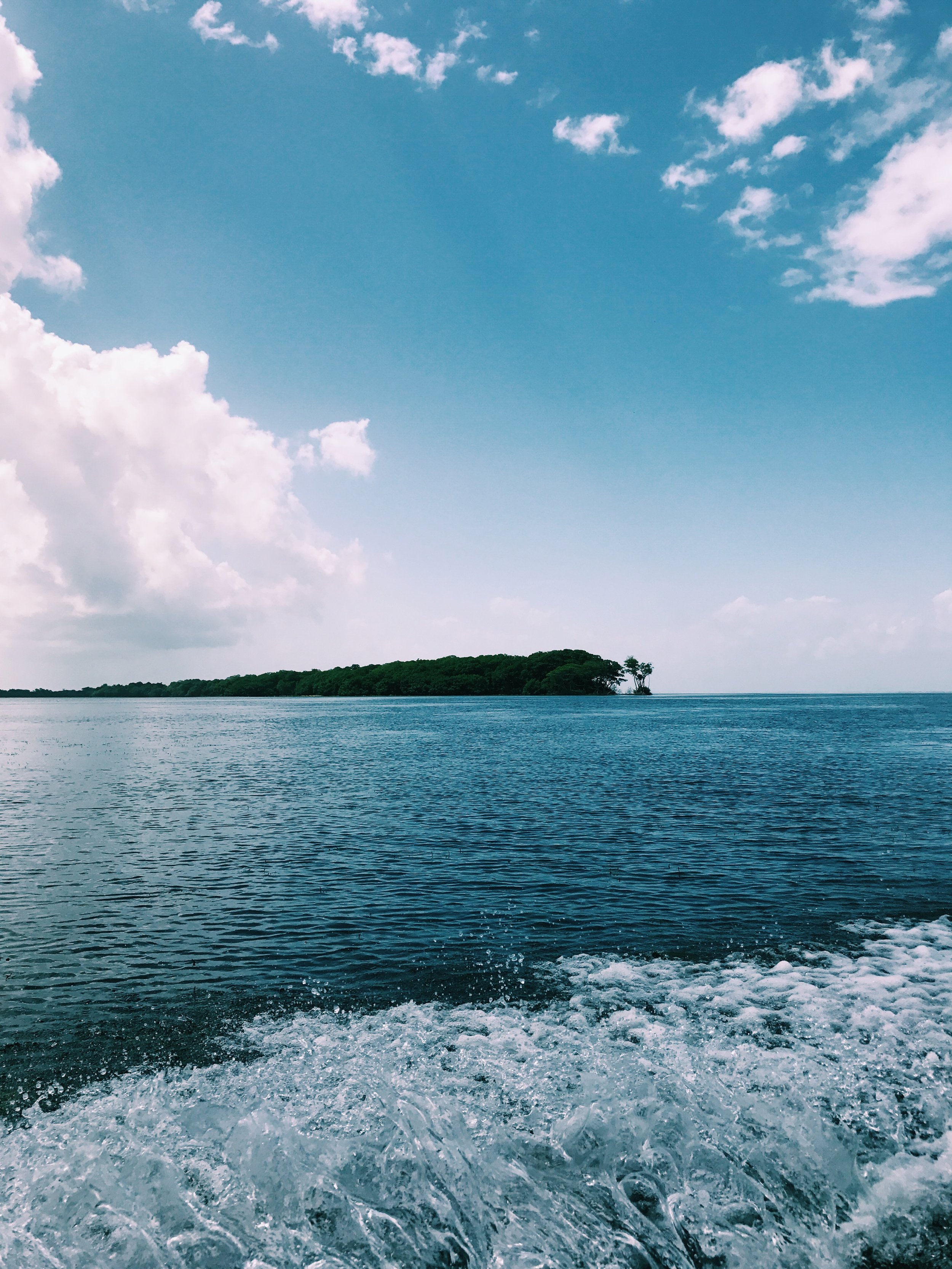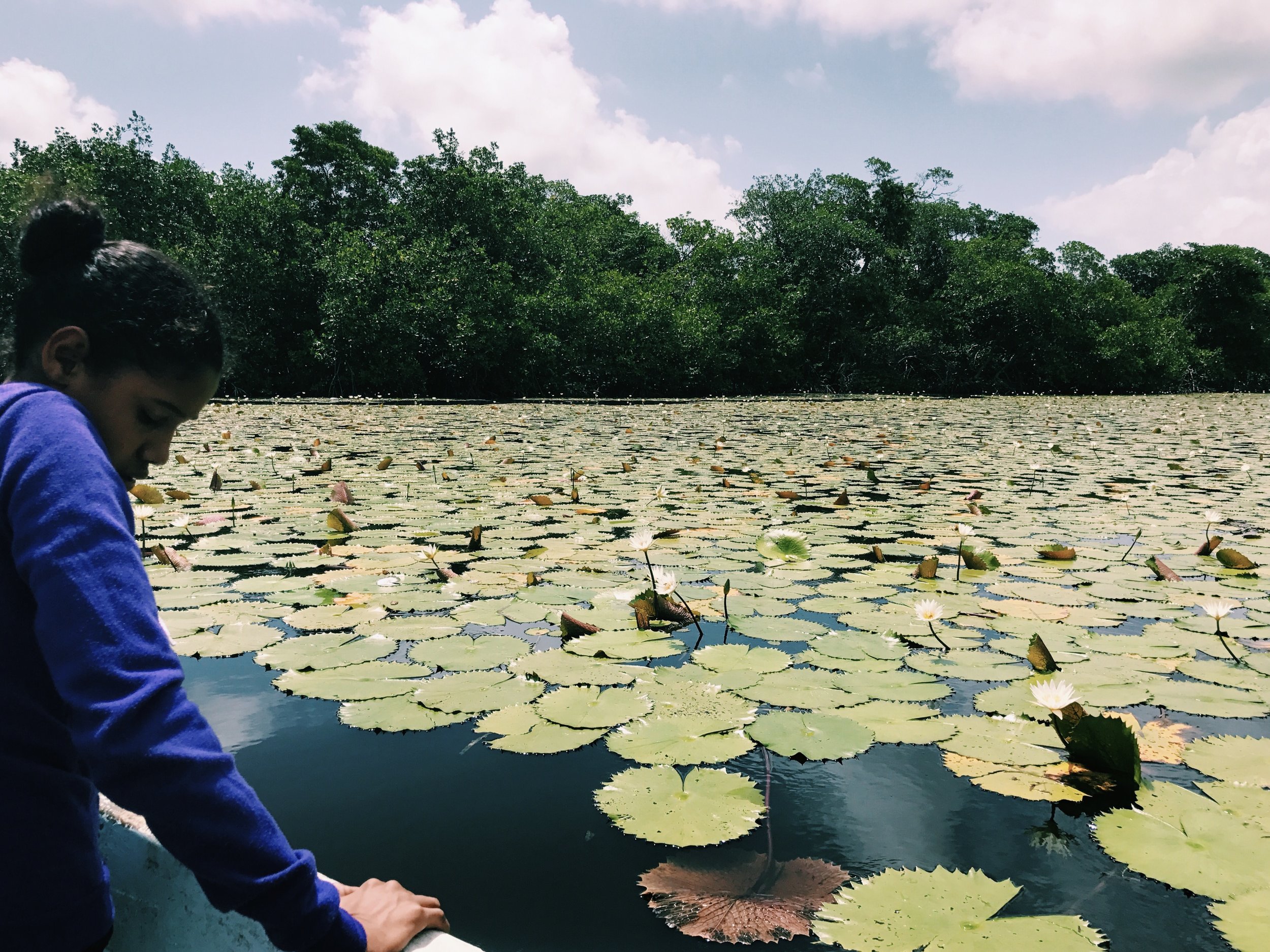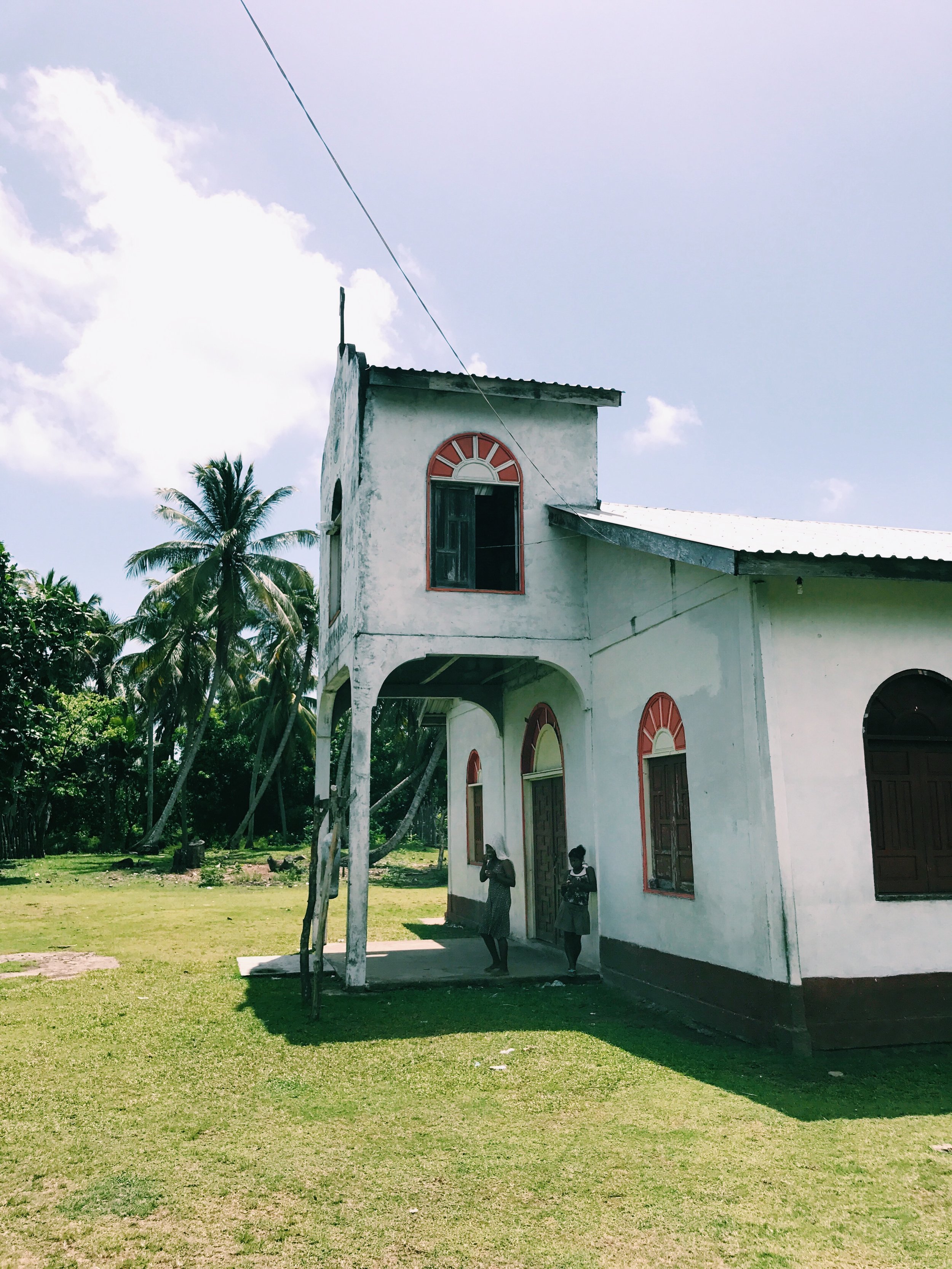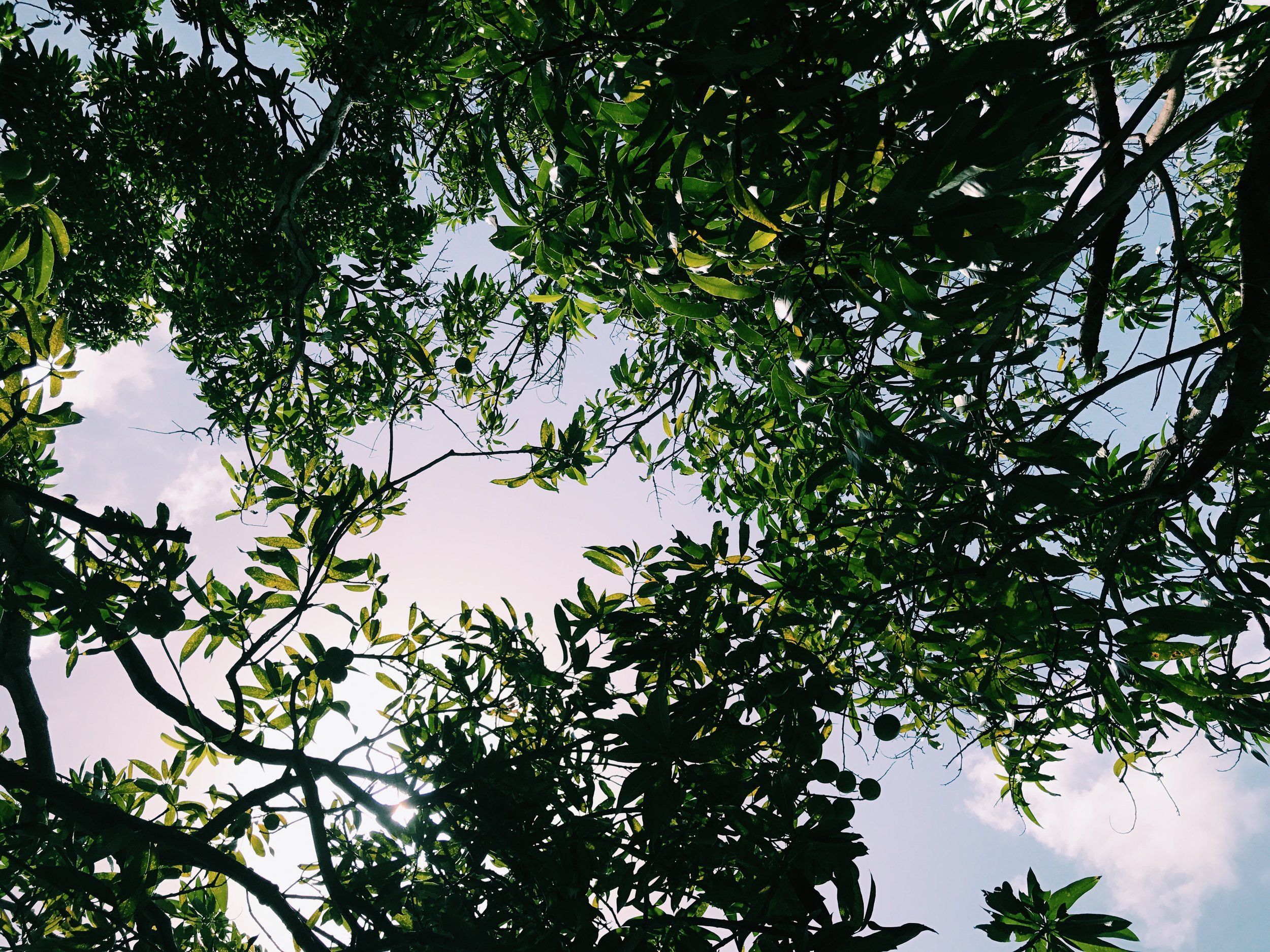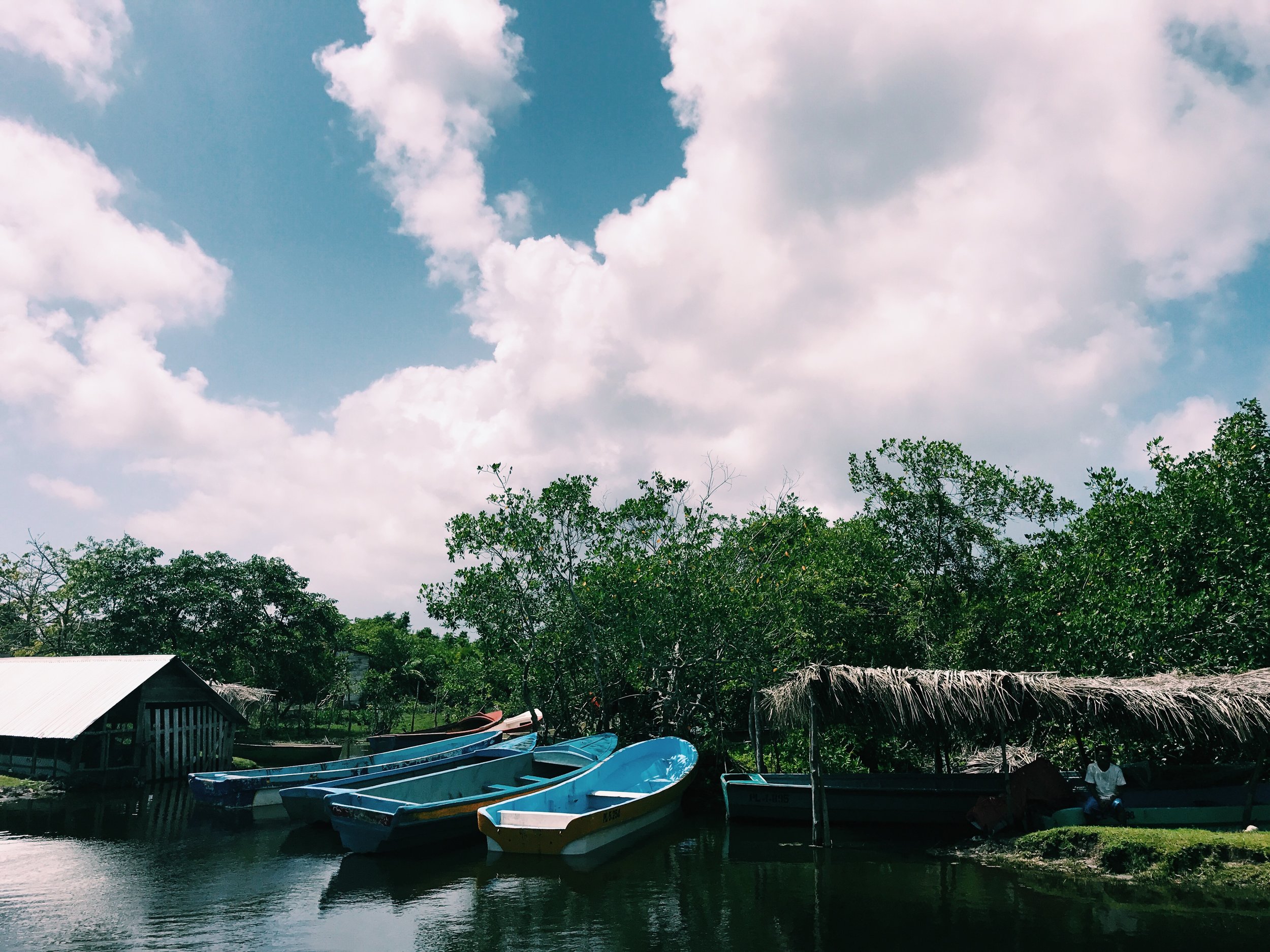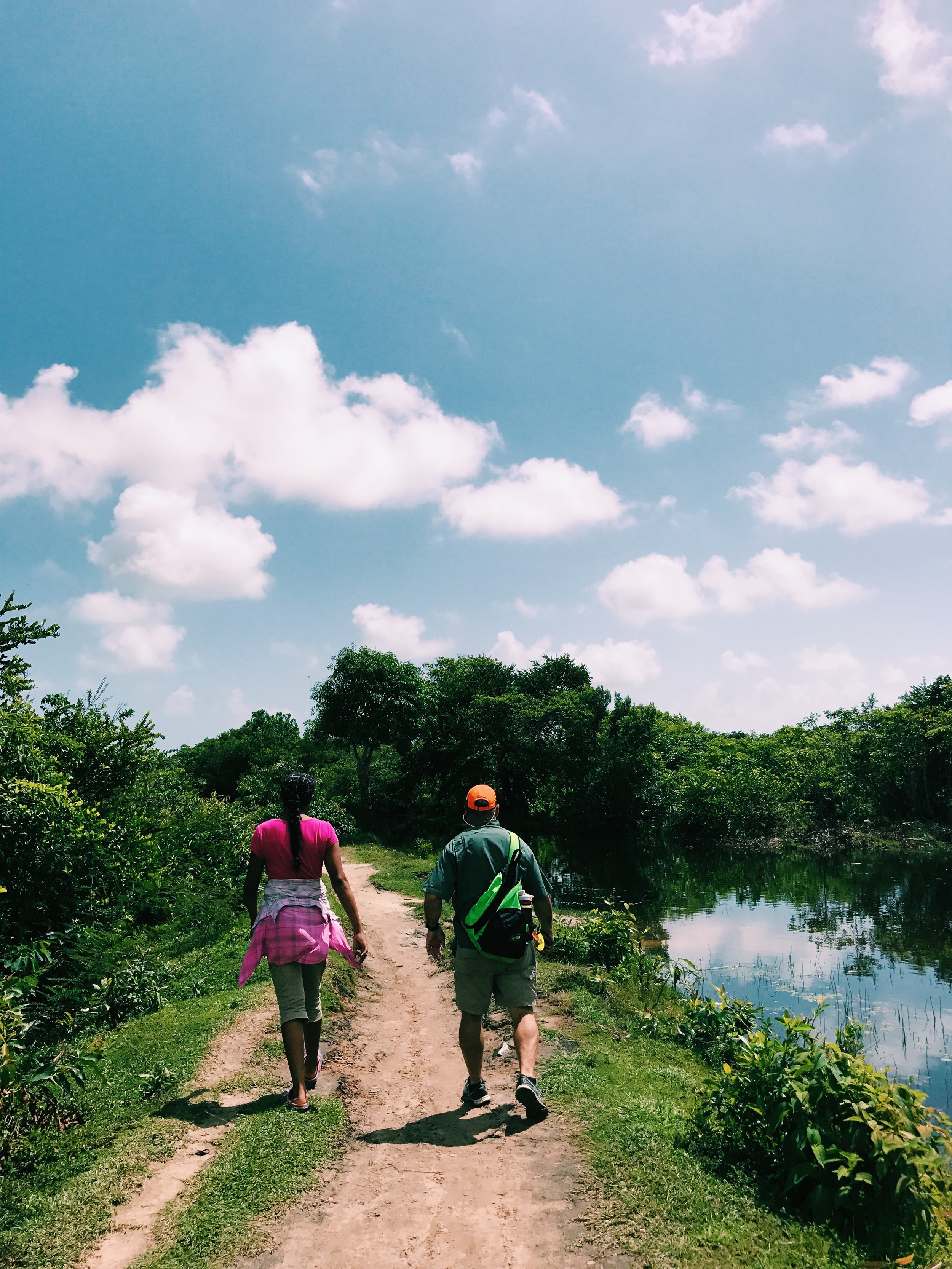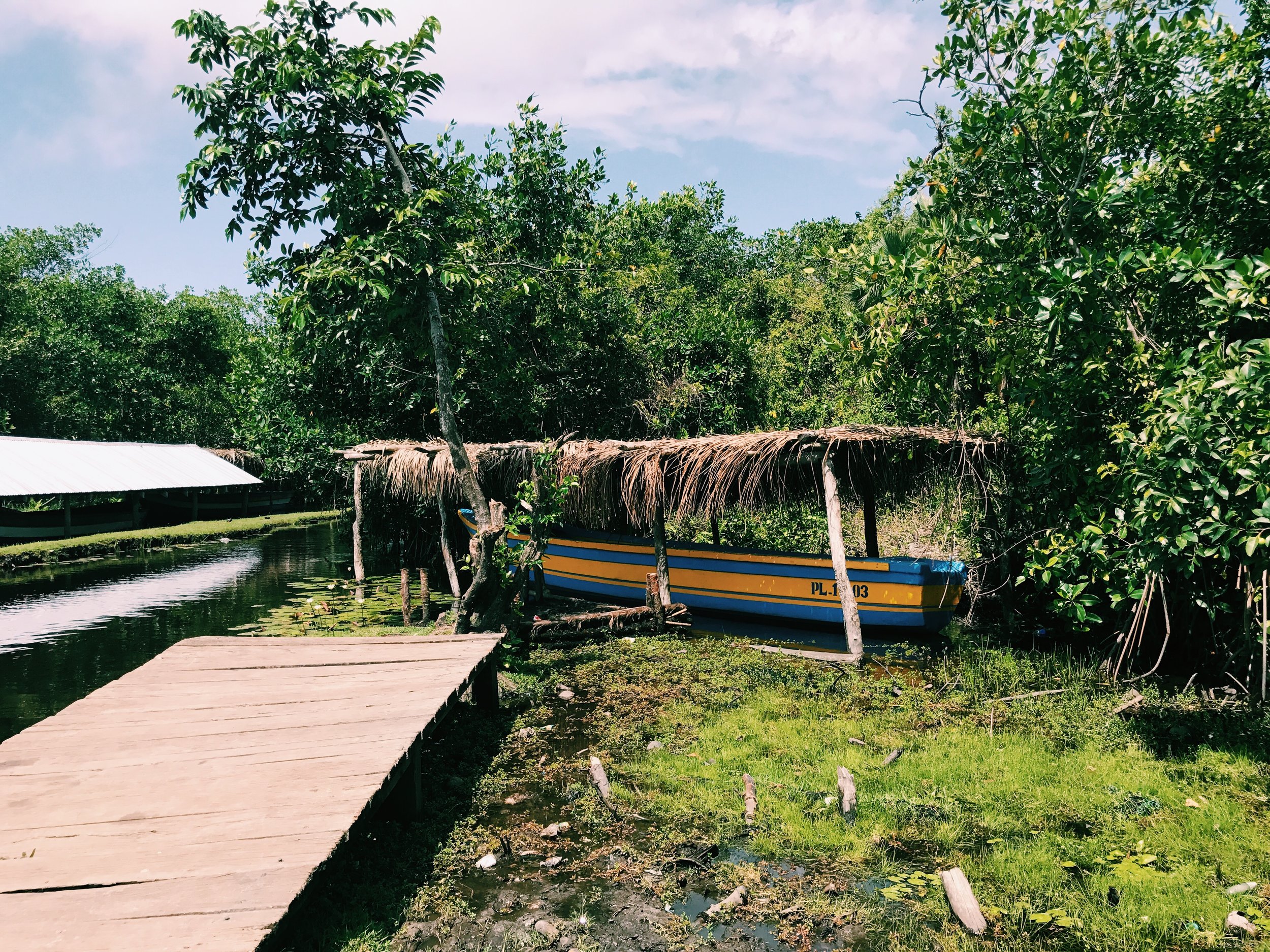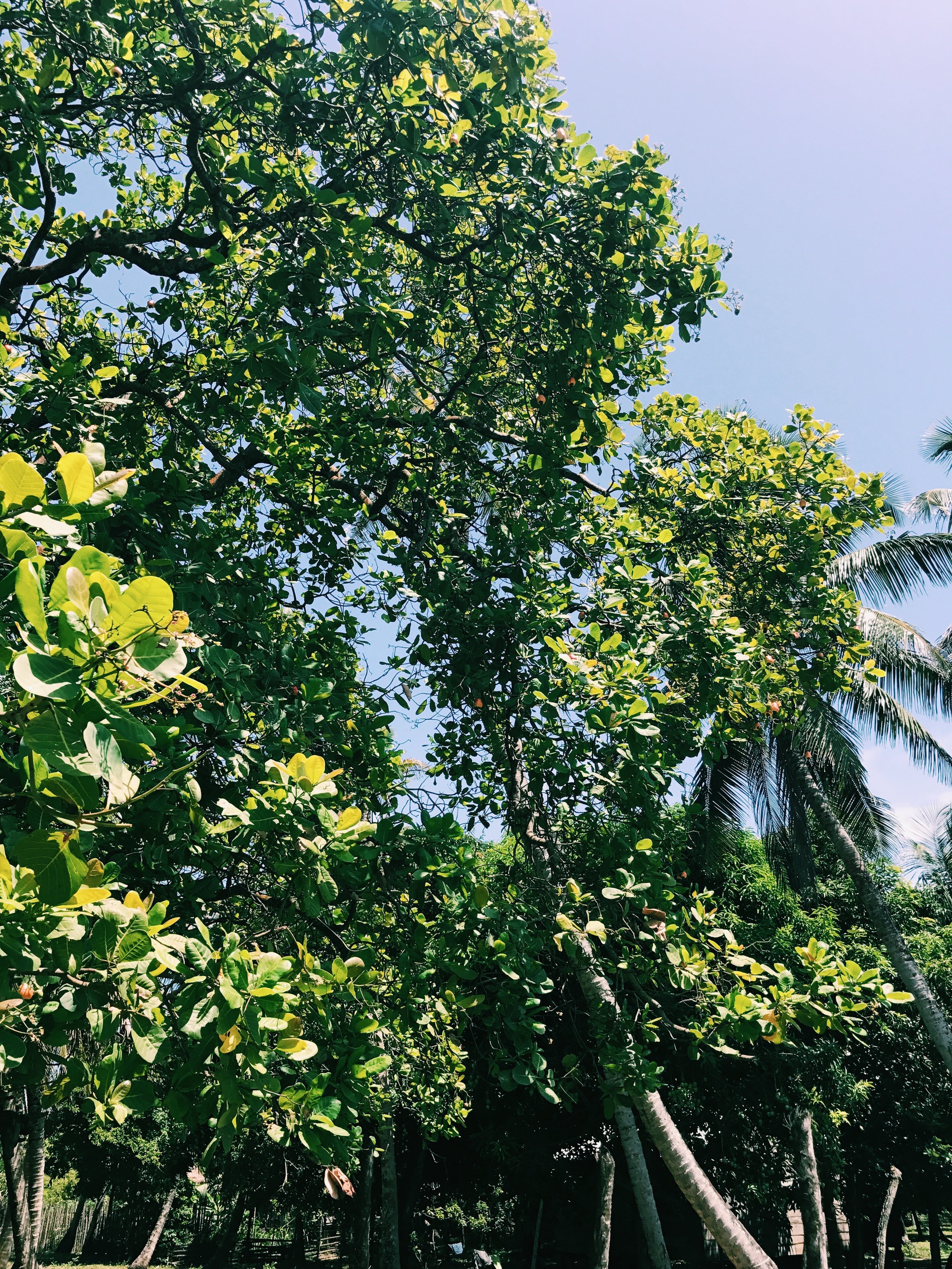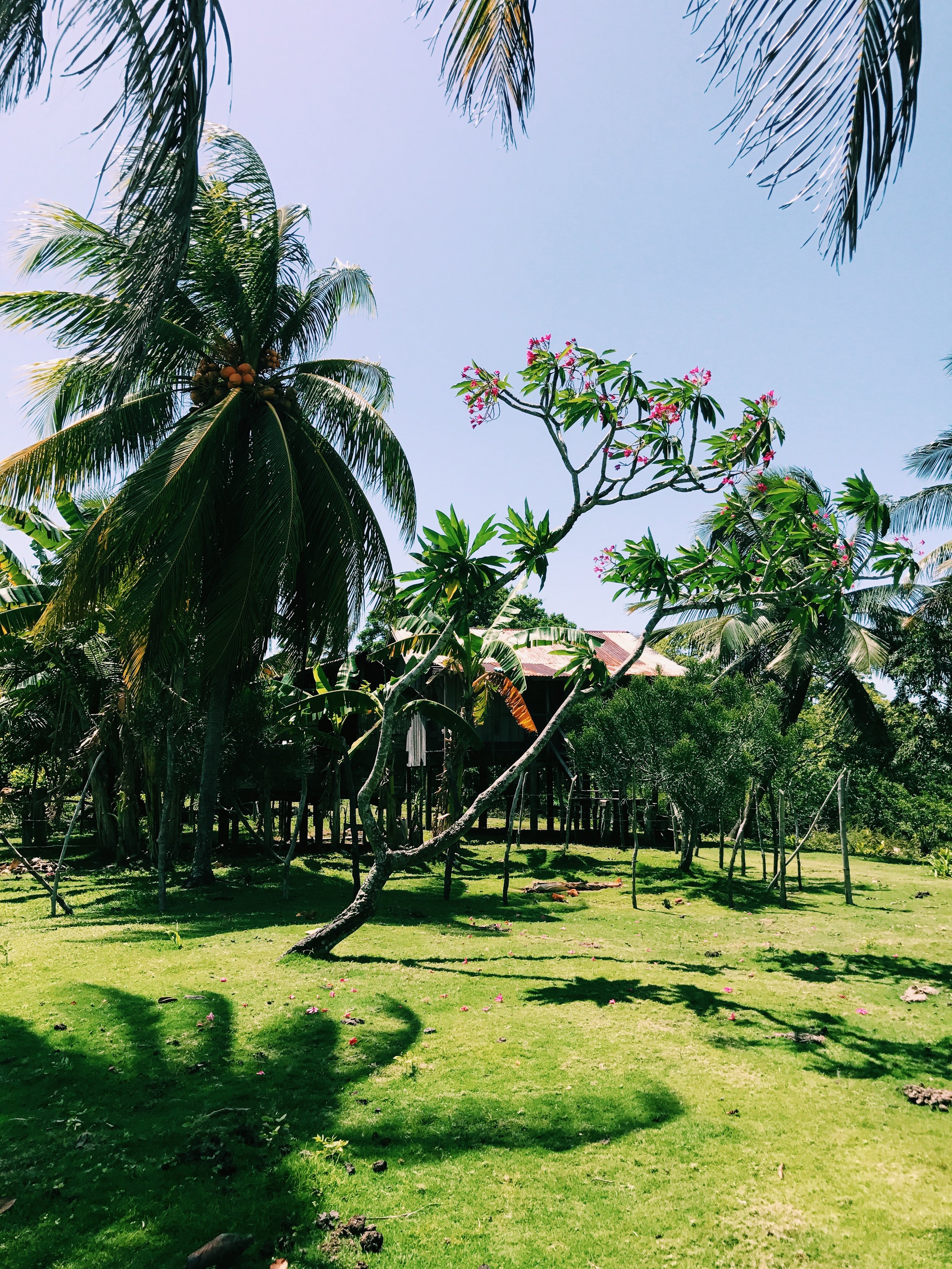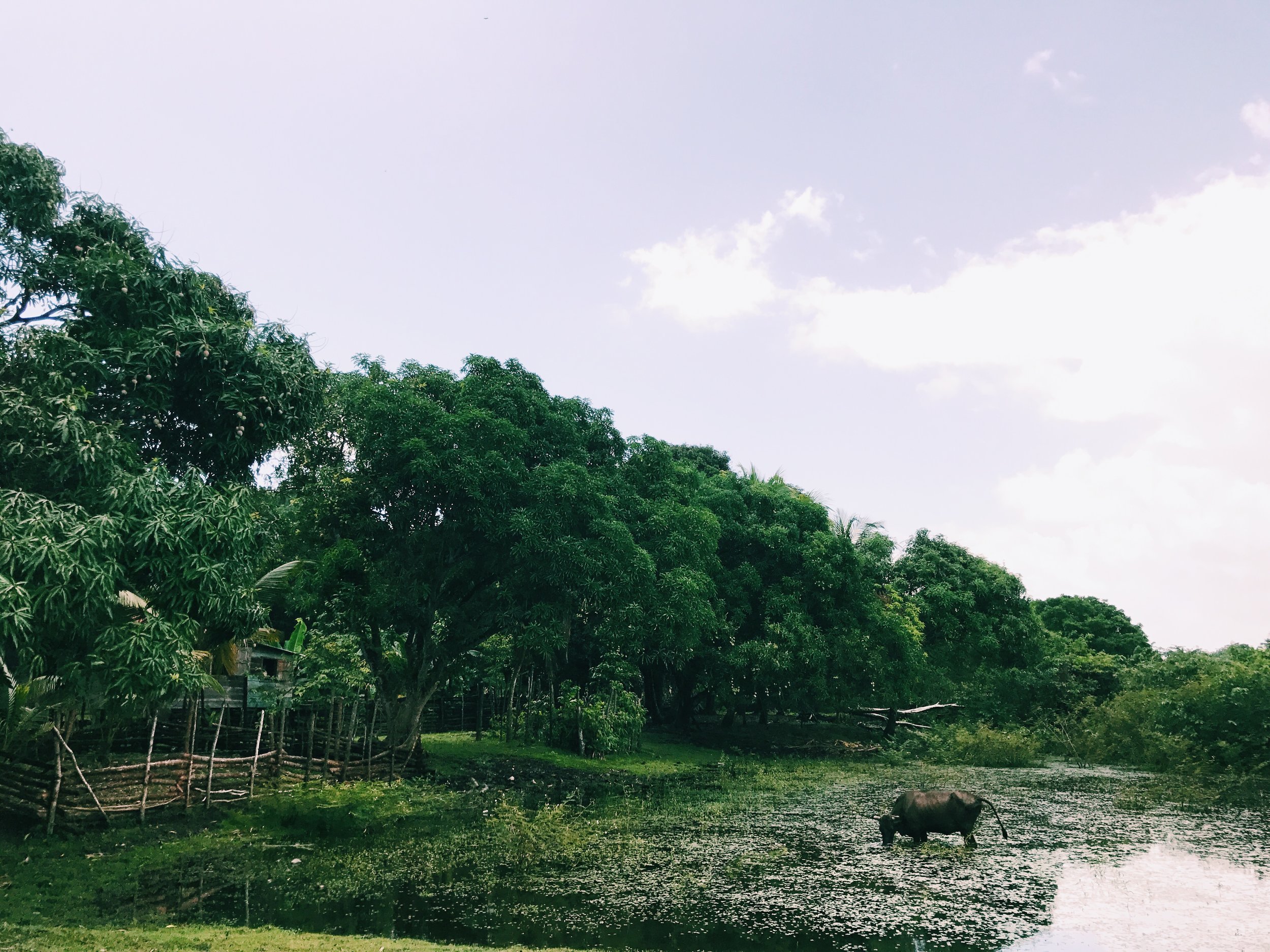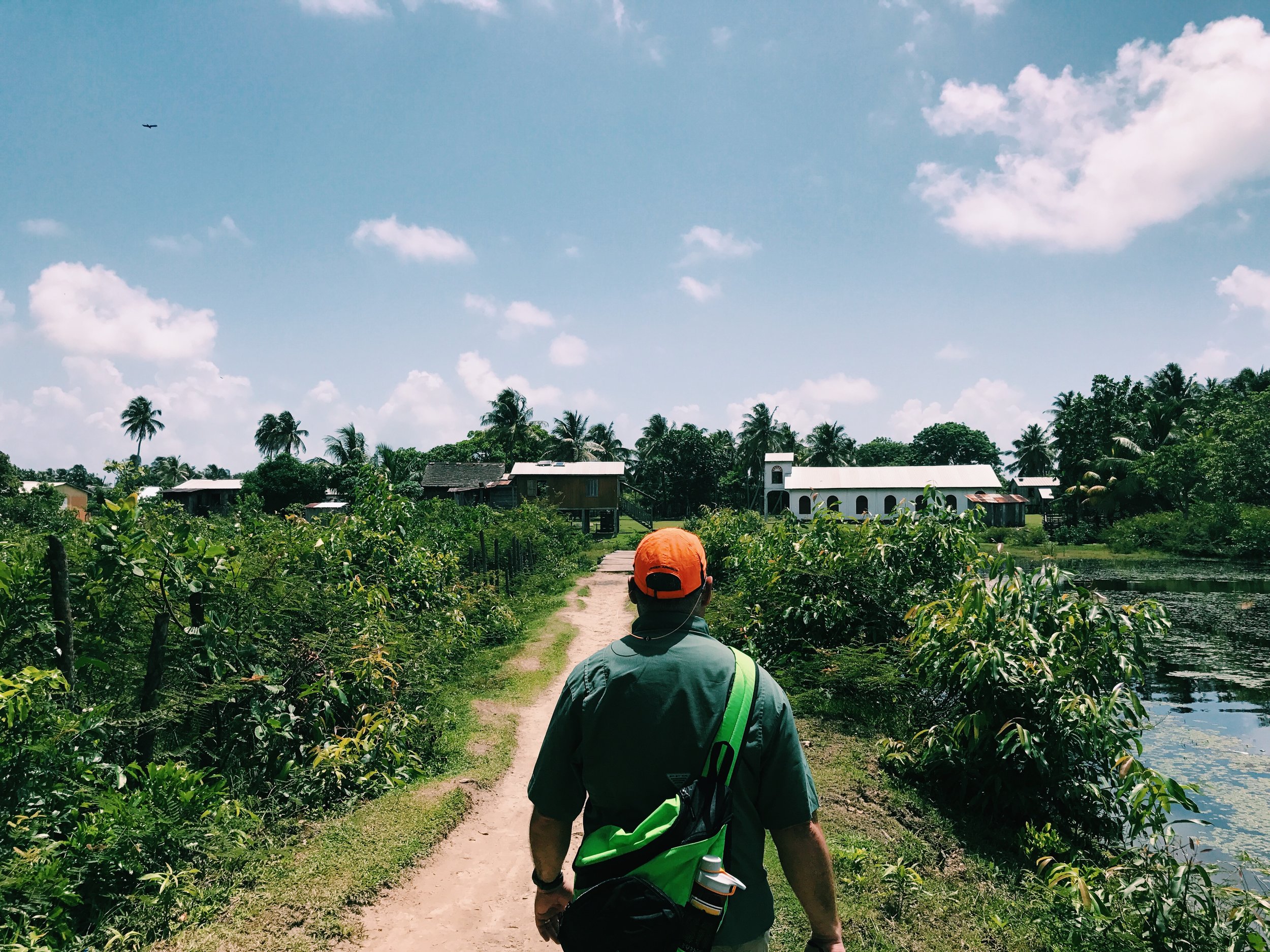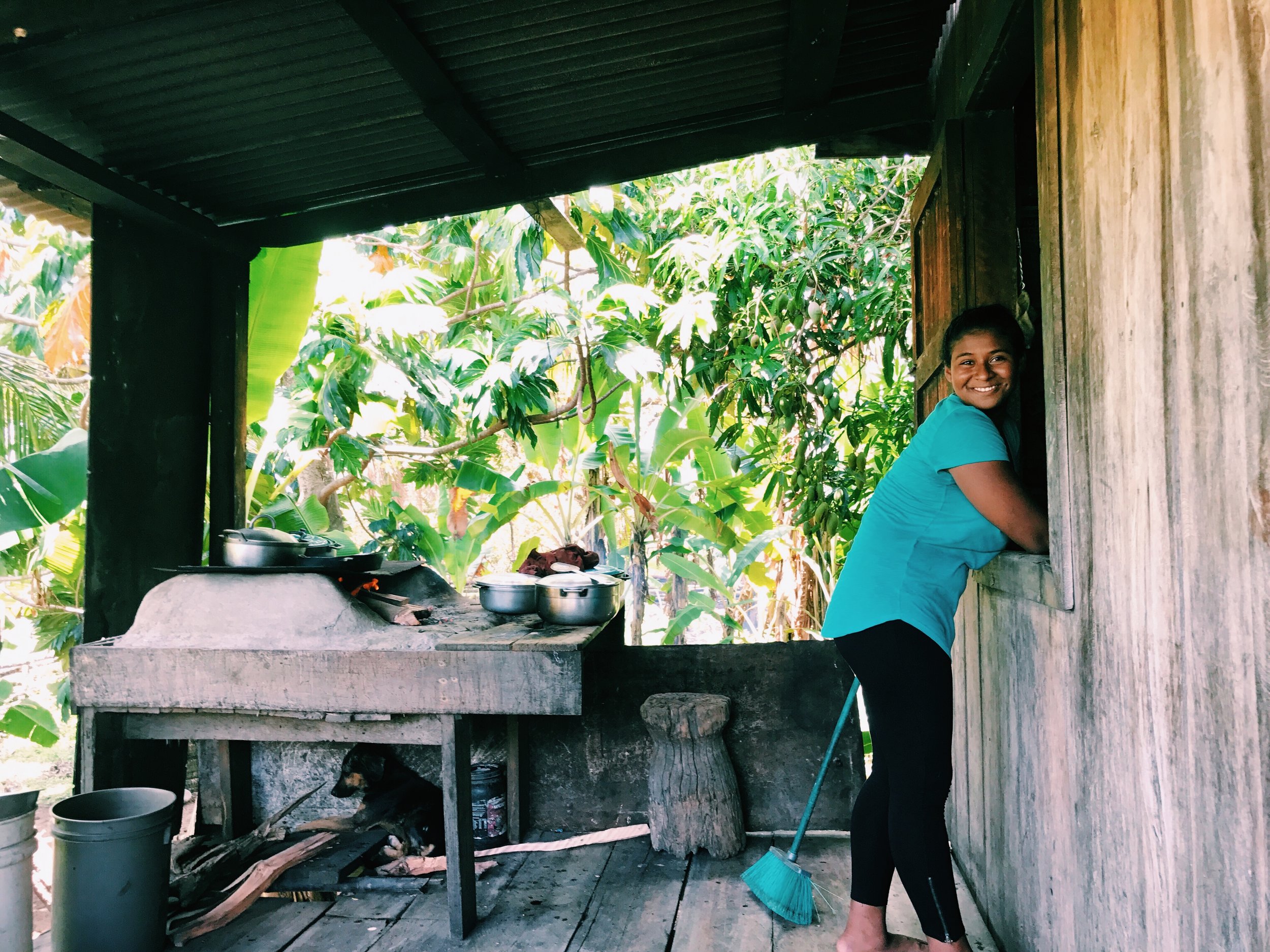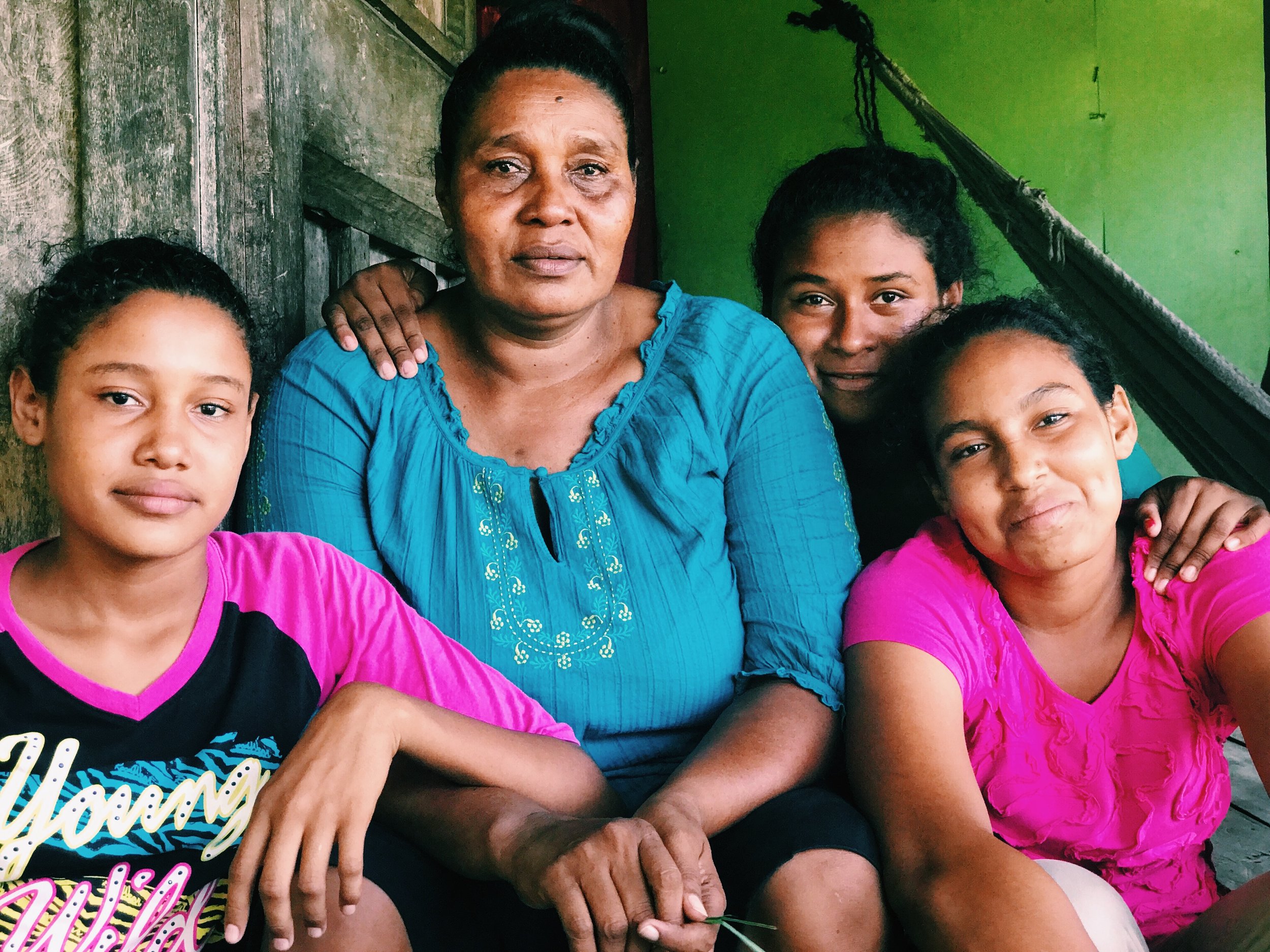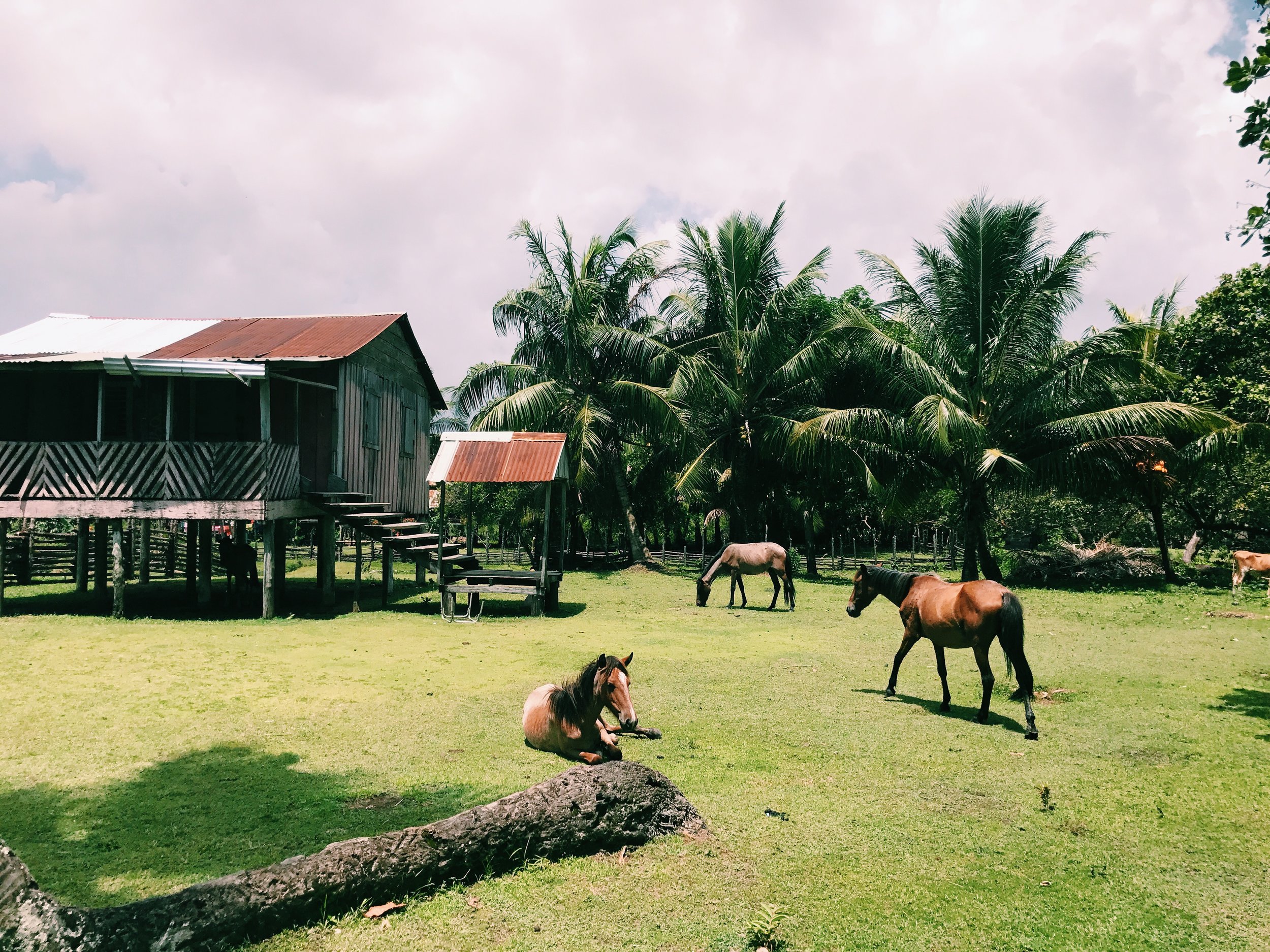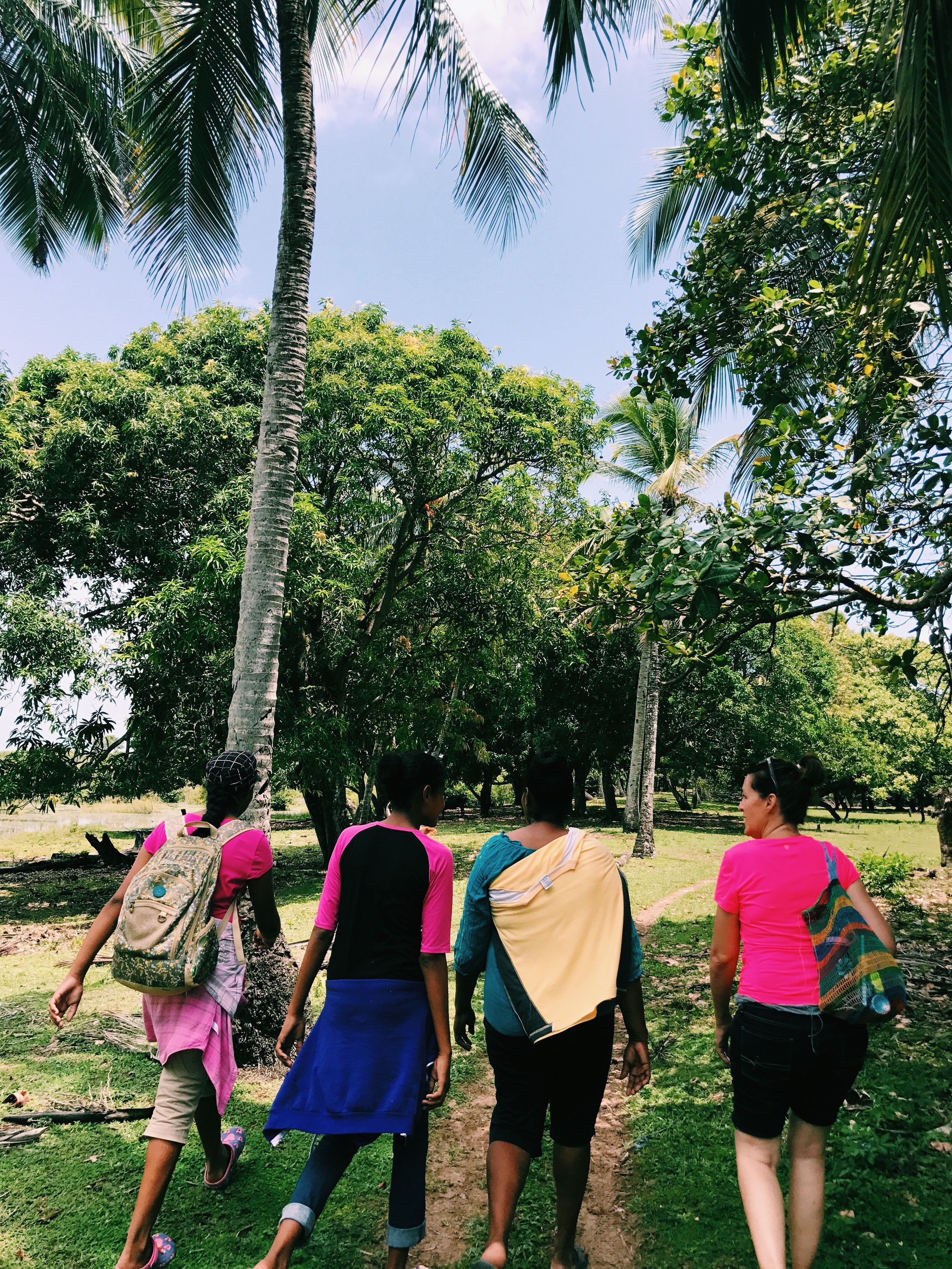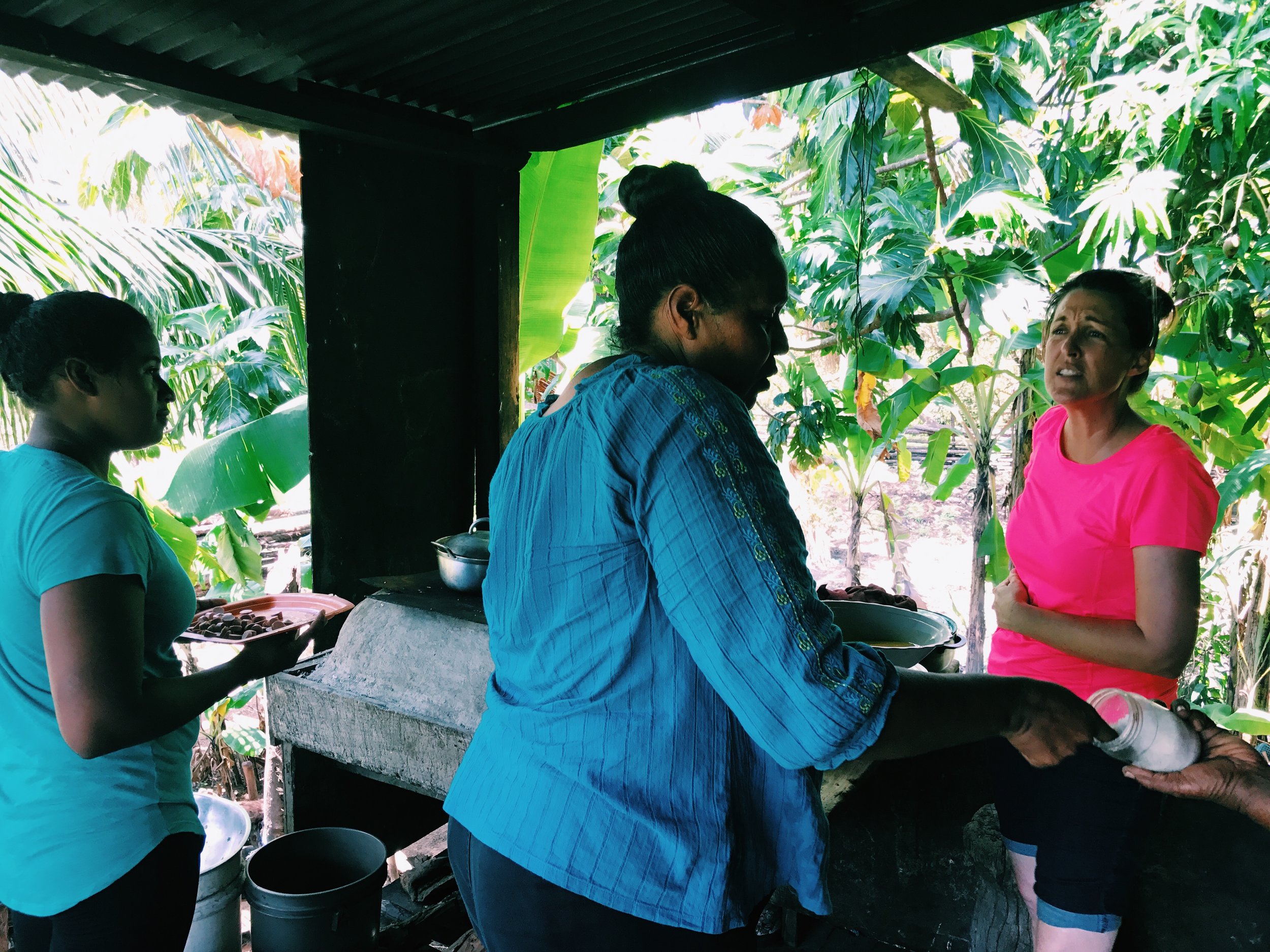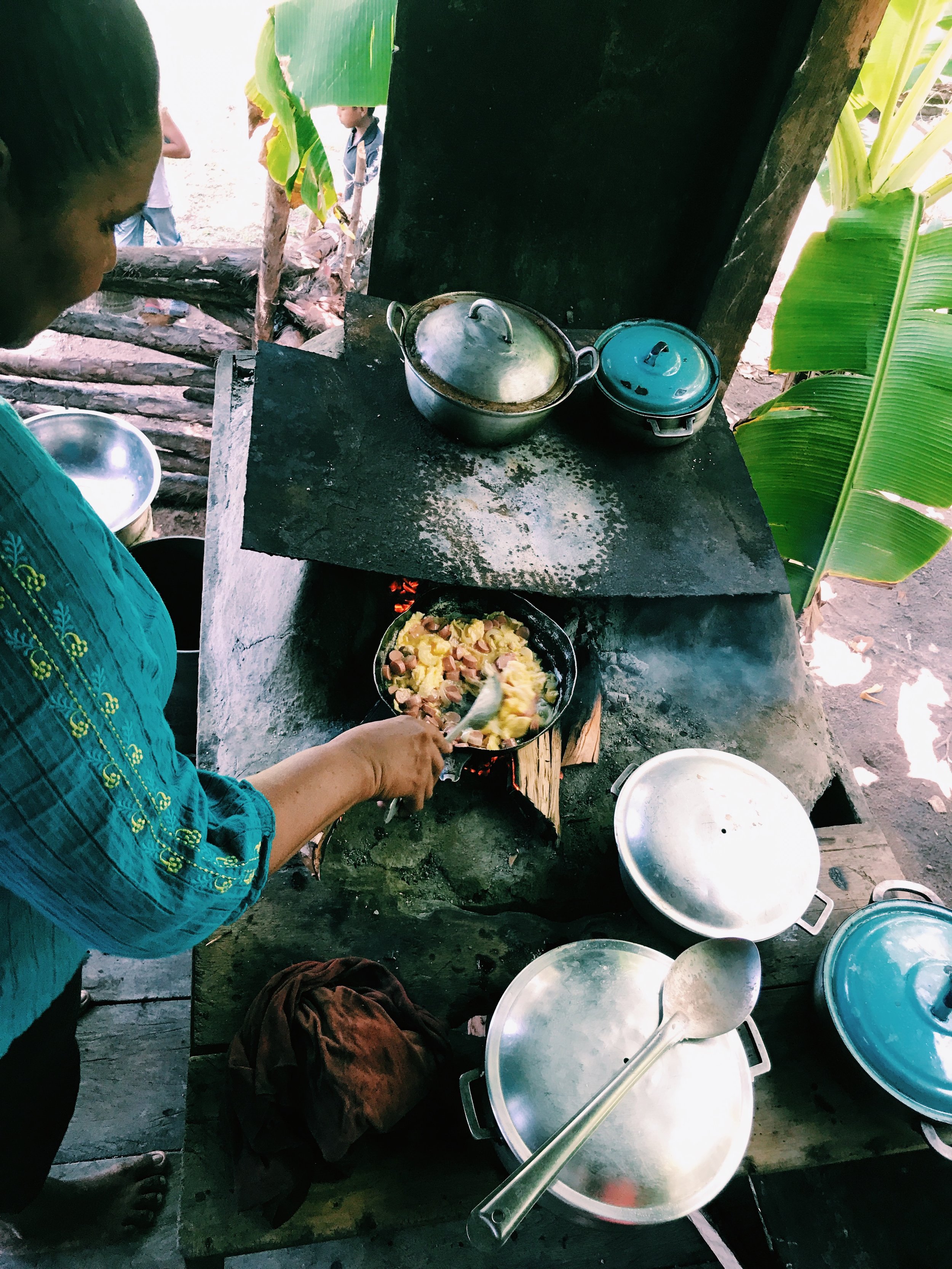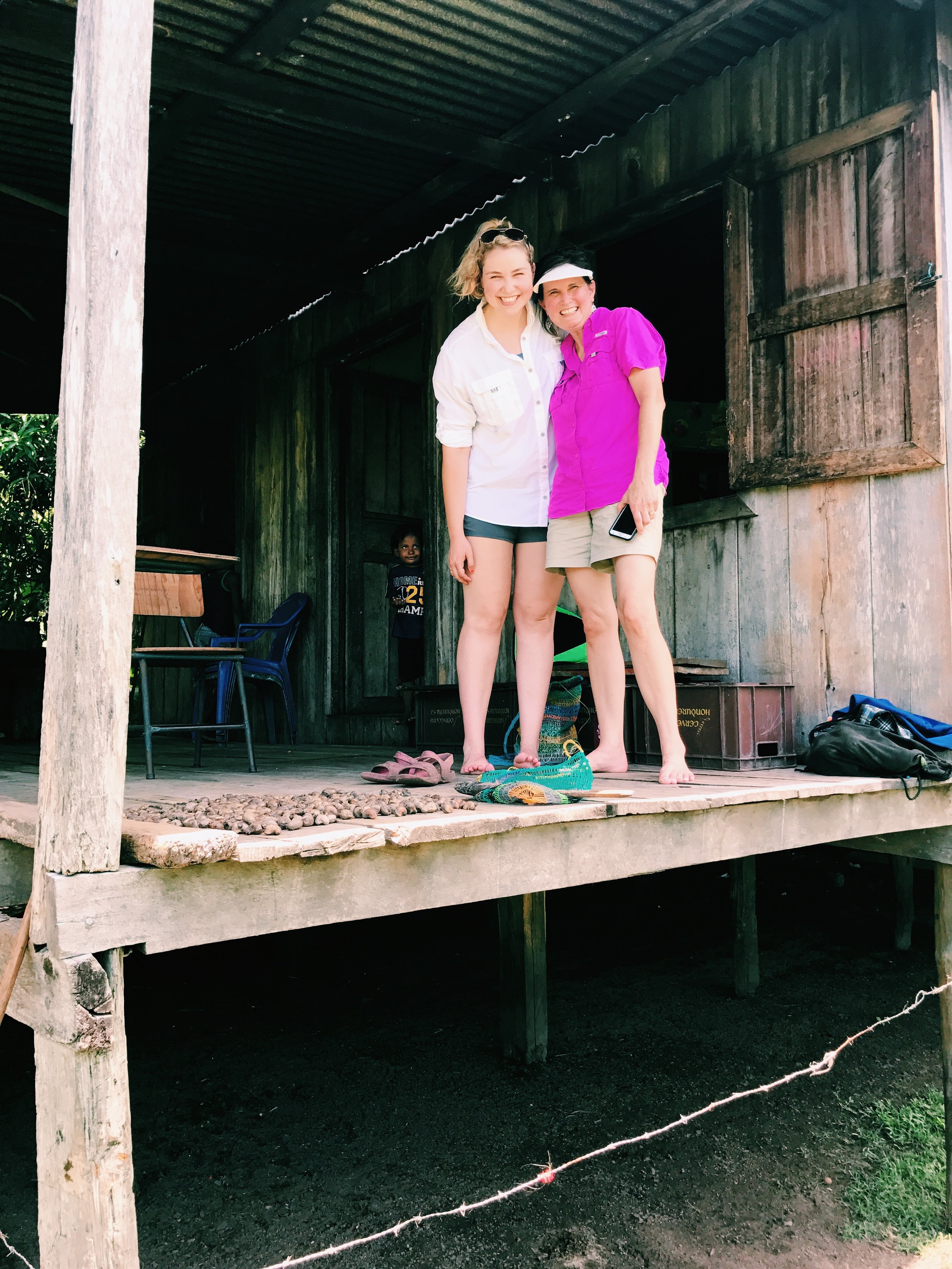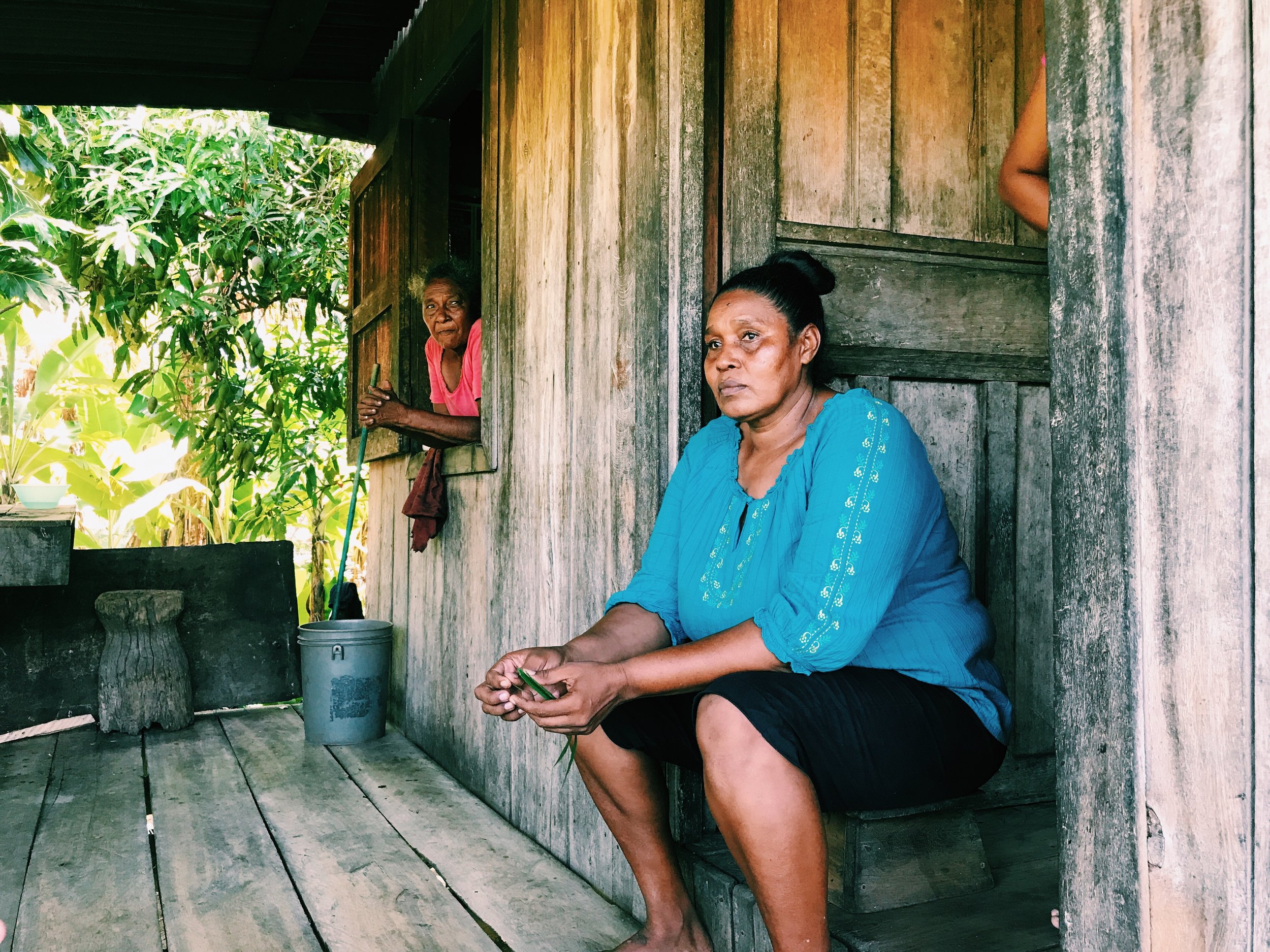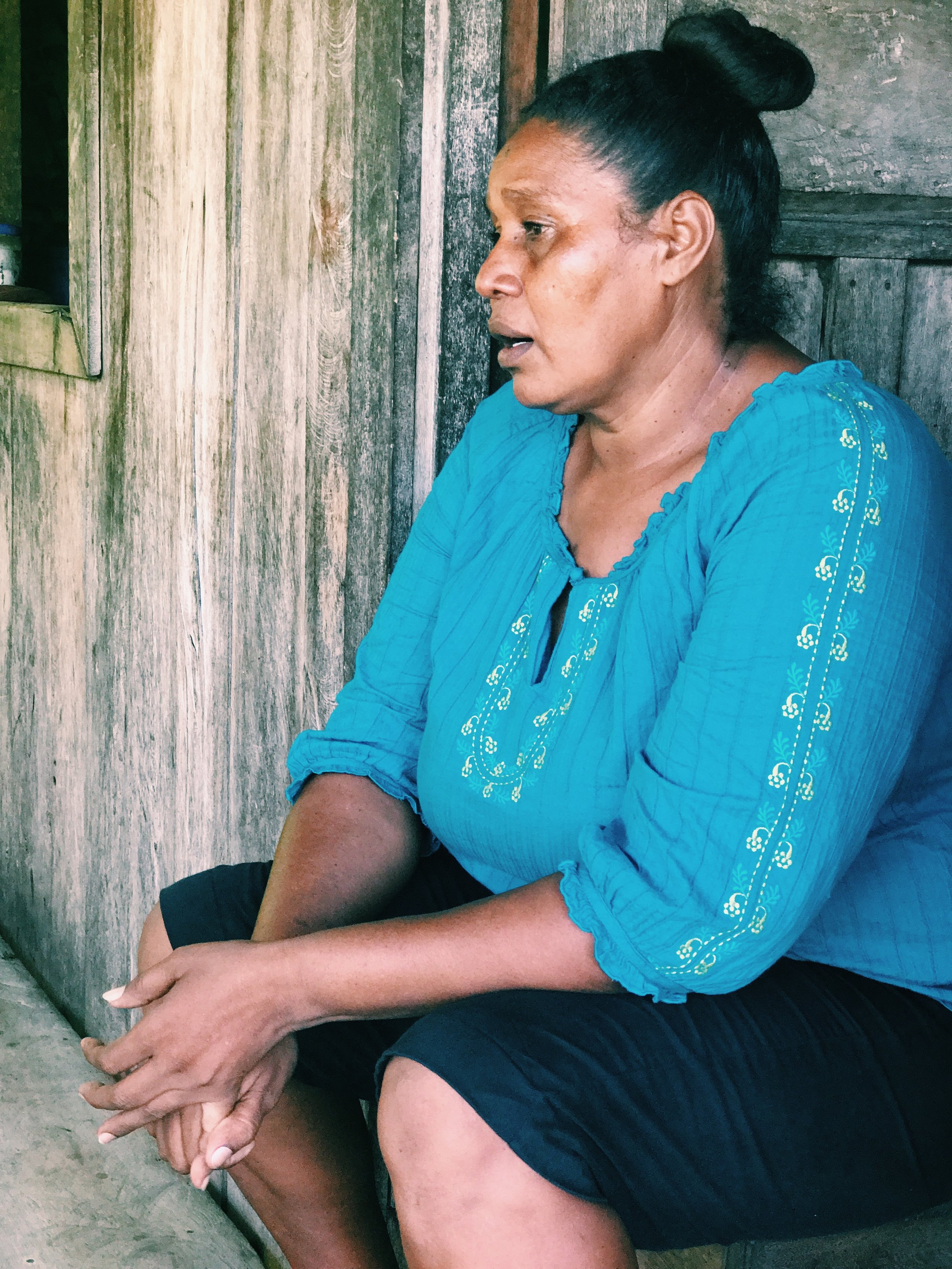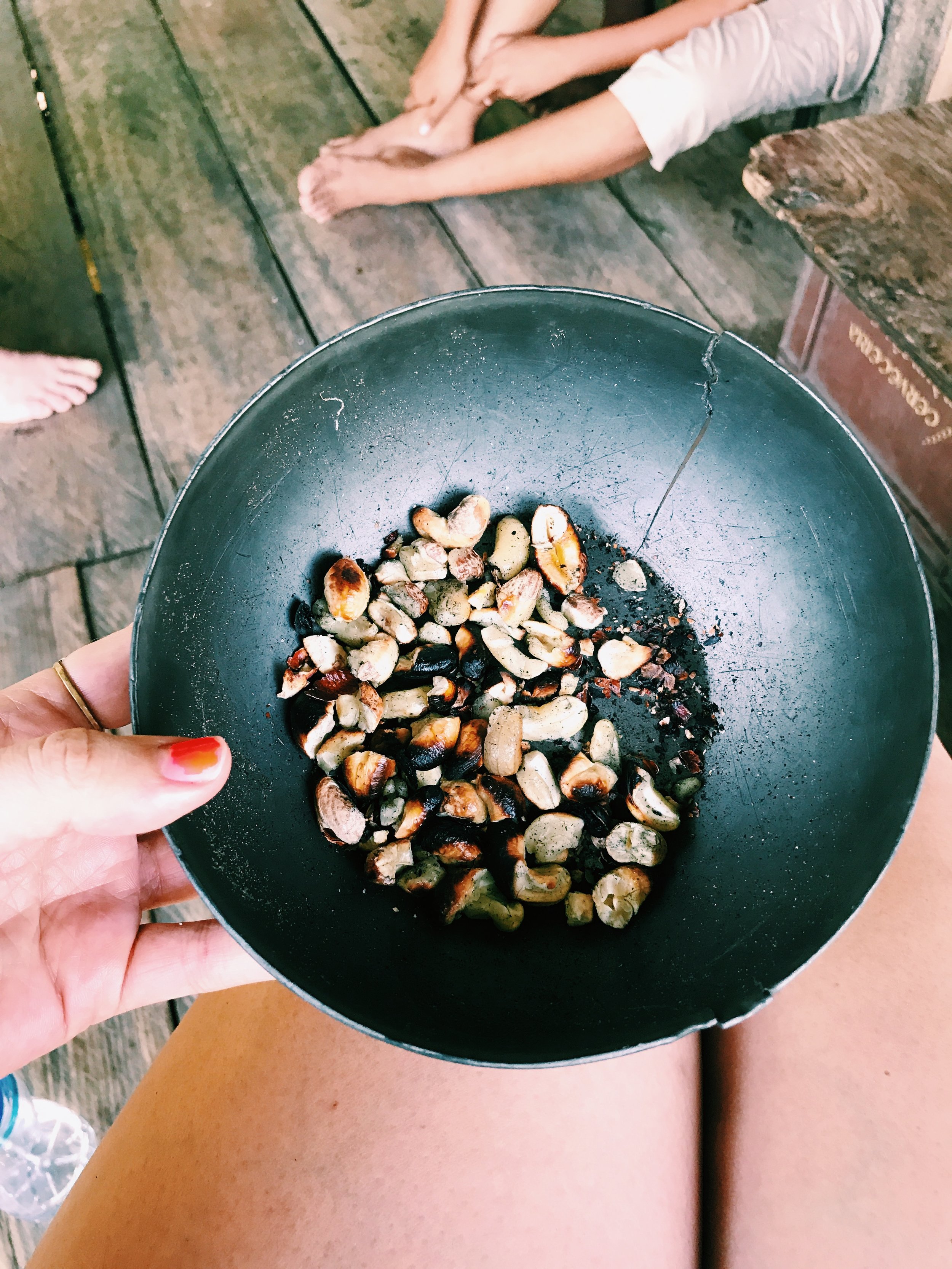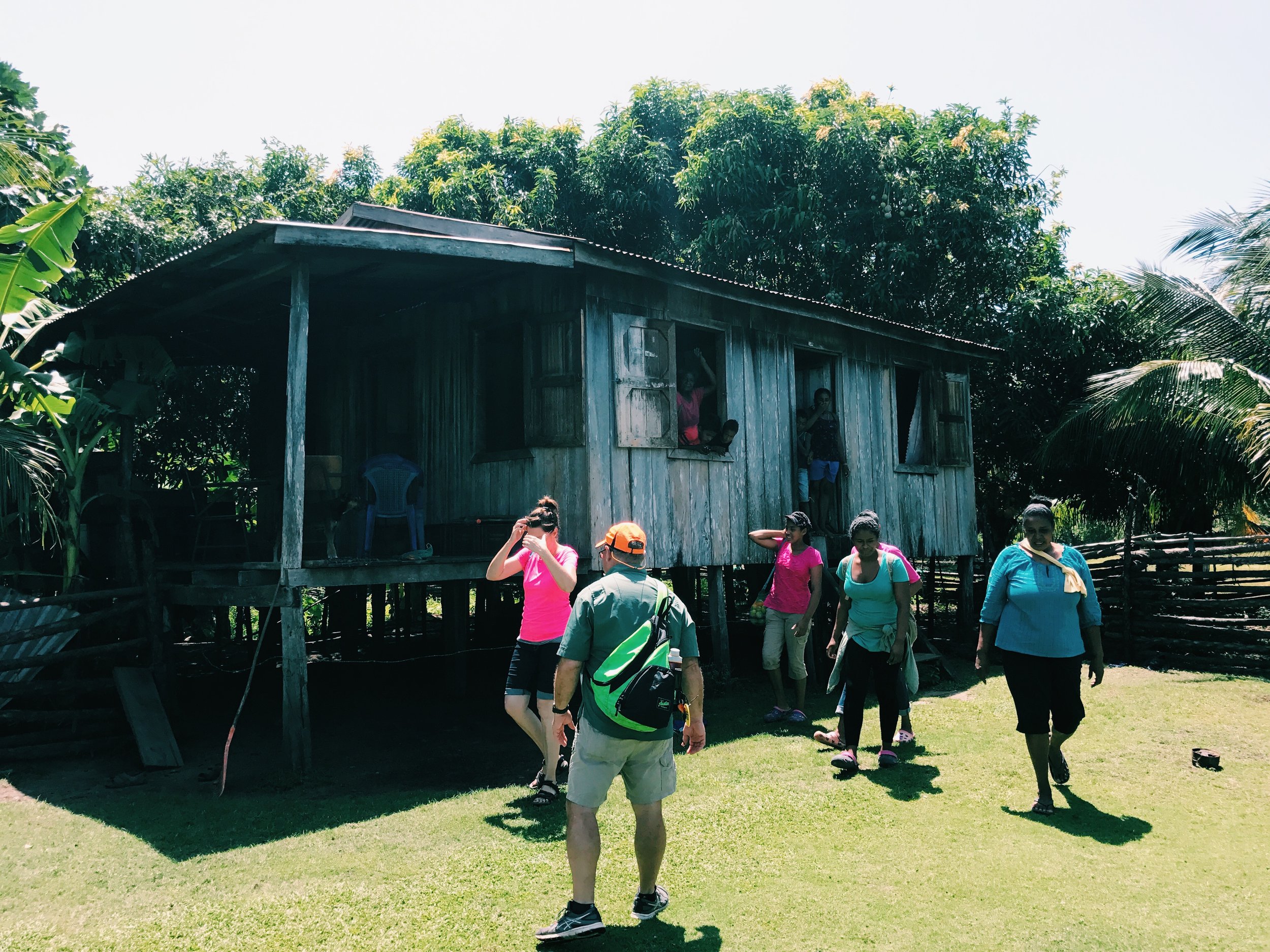¡Honduras!
Hello, People of the Blog.
It's been a couple weeks and it's time to play catch-up!
Remember when I mentioned going to Honduras? Let's start there.
Each year, the kids that attend Kingsland's VBS raise money throughout the week for one of our missions partners. This year, our partners in Honduras will receive those funds; so for the last international venture of my internship, Omar (my boss and our missions pastor), Leslee McWhirter (our children's minister and quite possibly the funniest person on staff) and I hopped on down for five days to gather video footage and story content for the kids and give them a better picture of where their offering was headed.
First of all, saying we went to Honduras is a little misleading, because it makes it sound like we went somewhere that is recognizably Honduras.
Where we actually went was the Miskito Coast, a remote swath of coastline that extends into Nicaragua. The three sides that do not end in ocean are surrounded by dense rainforest — no roads in, no roads out. Some native Hondurans don't even know of its existence; and if they do, most never go.
Such intense isolation makes the Miskito Coast and the Miskito Indians that call it home something like another world altogether. Their language and culture are distinct from the rest of the country. It earns them a "backwoods" reputation from others (you know, like what the rest of America thinks about West Virginia!!!) and even the nickname The Forgotten People, but I sensed no inferiority complex during our time there. Instead, my impression of the Miskito was warm, delightfully unique, and tough as nails. They're the kind of people you want on your side.
Early Sunday morning, Omar, Leslee and I caught a plane from Houston to Roatán, then took a ferry from Roatán to La Seiba. (I will never get over the view flying over Roatán, by the way. It crossed the line from beautiful to surreal, like something that looks impossible. Like something you expect to reach out and touch cardboard or canvas, a backdrop, because it couldn't possibly exist outside imagination in more than two dimensions. I had my face pressed up against the window like a kid, just staring and laughing. Unreal.)
We spent one night in La Ceiba, then caught a tiny plane to Puerto Lempira the next morning; touching down on a dirt-turned-mud runway in pouring rain and finally stepping onto the Miskito Coast itself.
I immediately liked Laura Waits, one half of the husband-and-wife missionary team with which Kingsland partners. Originally from McKinney, Texas, she and her husband Alex (as well as their four kids, though they have since adopted one more) moved to the Miskito Coast seven years ago to start a secondary school called Instituto Vida Abundante for Miskito teenagers.
The Waits are kind to the core, and possess a combination of faith and sense of humor that gives you the feeling they could accomplish any goal they set out after. The difference they are making in the lives of their students is incalculable, truly, and they execute it to a level I find, frankly, is rare in third-world "missions" settings. I've encountered plenty of educational initiatives where the theme seems to be "well, it's better than nothing!" The schooling experience at IVA, in contrast, is rigorous, creative, and top-notch. The teachers are innovative and hands-on, and the students are fully engaged. It was an inspiration.
In addition to hanging out and observing at the school (primary takeaway: 14-year-olds are essentially the same worldwide), spending time in the Waits' home, and shooting video as we went, we had the incredible opportunity to take a day trip to visit the home village of two students and their mother, Ovendilia, who volunteers as a cook at the school.
We boarded a fishing boat behind our tiny hotel mid-morning and began motoring down the lagoon. After almost two hoursm Ovendilia directed the driver to cut the engine and directed him to an inlet that to me looked like nothing more than a patch of thickly layered lily pads and overhanging trees.
A little ways further in, though, and suddenly we were in a clear channel lined with other colorful, well-kept wooden boats. Sturdy houses on stilts lined the bank here and there, and cows waded casually in the water as we tied up and piled out onto a dock.
A single winding path extended from the port, and we immediately started down it; hiking through jungle and village for half an hour before arriving at Ovendilia's home. We passed trees bursting with flowers and fruit, wildly-planted but well-tended crops, brightly painted buildings and more meandering livestock. There was an open-air school letting out for the day and an old abandoned church with a scuba tank for a bell. Children played in waterways and their mothers watched from nearby windows. Much like the view from the plane, none of it felt fully real to me at the time. It was like walking around in something on the Discovery Channel or National Geographic.
When we arrived at Ovendilia's, we removed our shoes and climbed up to the house, sprawling on the deck and enjoying the breeze while she and her mother set about cooking lunch over an open-fire oven. At one point, I tried to help with the dishes, and was firmly denied. They went on and on about what an honor it was to have us as guests, and we went on and on about what an honor it was to be guests. Humbling all the way around.
After lunch, we spent hours on the porch — filming some interviews and b-roll, yes, but also just visiting. Ovendilia and her daughters speak Spanish, so I could actually hold conversations, even if they were a bit rusty. Some neighborhood kids roasted cashews picked straight off the trees, and we munched on those and swapped stories not unlike I would with younger women in the states. They wanted to know how I met my boyfriend and about my sisters and what it was like working for Omar. I asked them about school and friends and their hopes for the future. More than any differences, I am always amazed by the similarities of people across cultures. People are just people. Especially teenage girls.
By the time we left, the wind had picked up across the lagoon, and we were in for two hours of straight careening up and down over waves, with a salt-water shower upon each crash landing. A few of us tried to cover up with tarps. I opted to just accept fate and treat it like a roller coaster, alternating between hunkering down and laughing maniacally, hands up. The only downside was a sore backside — you couldn't exactly avoid slamming into the wooden bench seat over and over without risking falling out of the boat altogether. Sitting down was painful for everyone for the remainder of the trip. (Worth it.)
While there, we stayed at a family-run hotel in Puerto Lempira. On the plus side, it was colorful and filled with plants, which made my heart happy; and the women who worked the front counter were also the cooks and made some of the best chicken and plantains I have ever eaten.
They also unapologetically cut off the electricity — including air conditioning units — every night to save money and power, though, and whoever had the room next to me was very into playing loud reggae music at six in the morning. So by the time Thursday rolled around I had reached the perfect point where I still loved Honduras, but I was ready to be home.
When our original flight out of Puerto Lempira to La Ceiba got cancelled in a casual manner that only Latin America can pull off, I inched past that point ever so slightly to oh my gosh, I can't believe I'll be forced to kill the people in room 222 if we have to sleep here another night. I also, you'll remember, had a job interview scheduled in Dallas just over 24 hours later, and I really preferred not to miss it.
Luckily, the same latin nonchalance that gets your flight mysteriously cancelled with a shrug also allows you to hop on another airline's flight mere minutes later without anyone so much as blinking an eye. (Yes, there are in fact two separate airlines that fly to Puerto Lempira's airport. I can't convey the humor of this without you seeing it for yourself, I don't think.) The kids playing soccer on the runway cleared to the sides, the engines whirred to life, and we were off.
We landed just in time to make our original connection from La Seiba to Roatán (no ferry this time), and a few hours later we were back in H-Town, armed with plenty of stories for our VBS kids (and an apparently permanent Chacos tan for me smh).
It may have been brief, but I really think this trip was my favorite of any I took during this internship, and I'm beyond grateful for it. Honduras has a little piece of my heart, and I can't wait for the Waits and IVA to receive this year's VBS funds for their amazing students.











